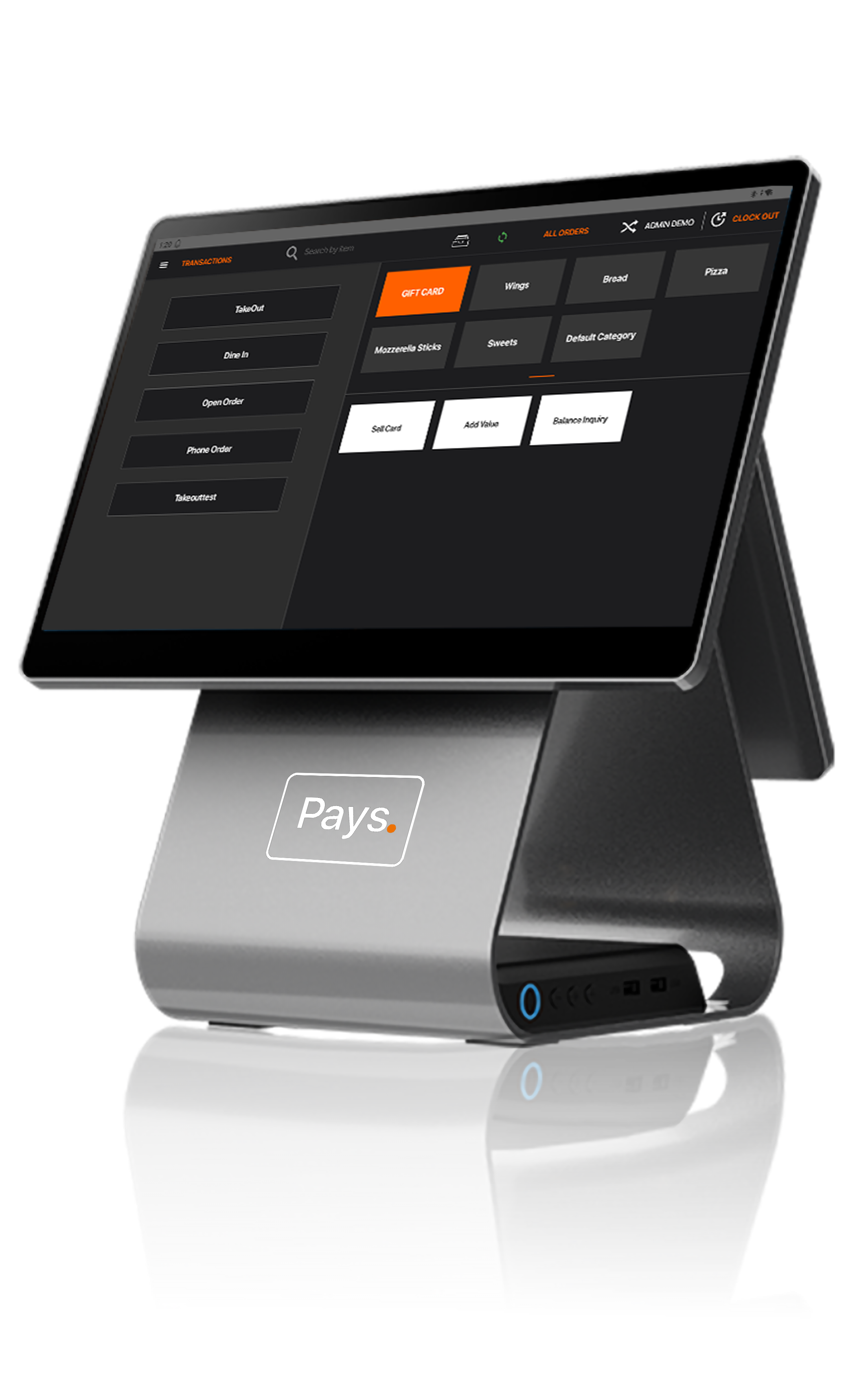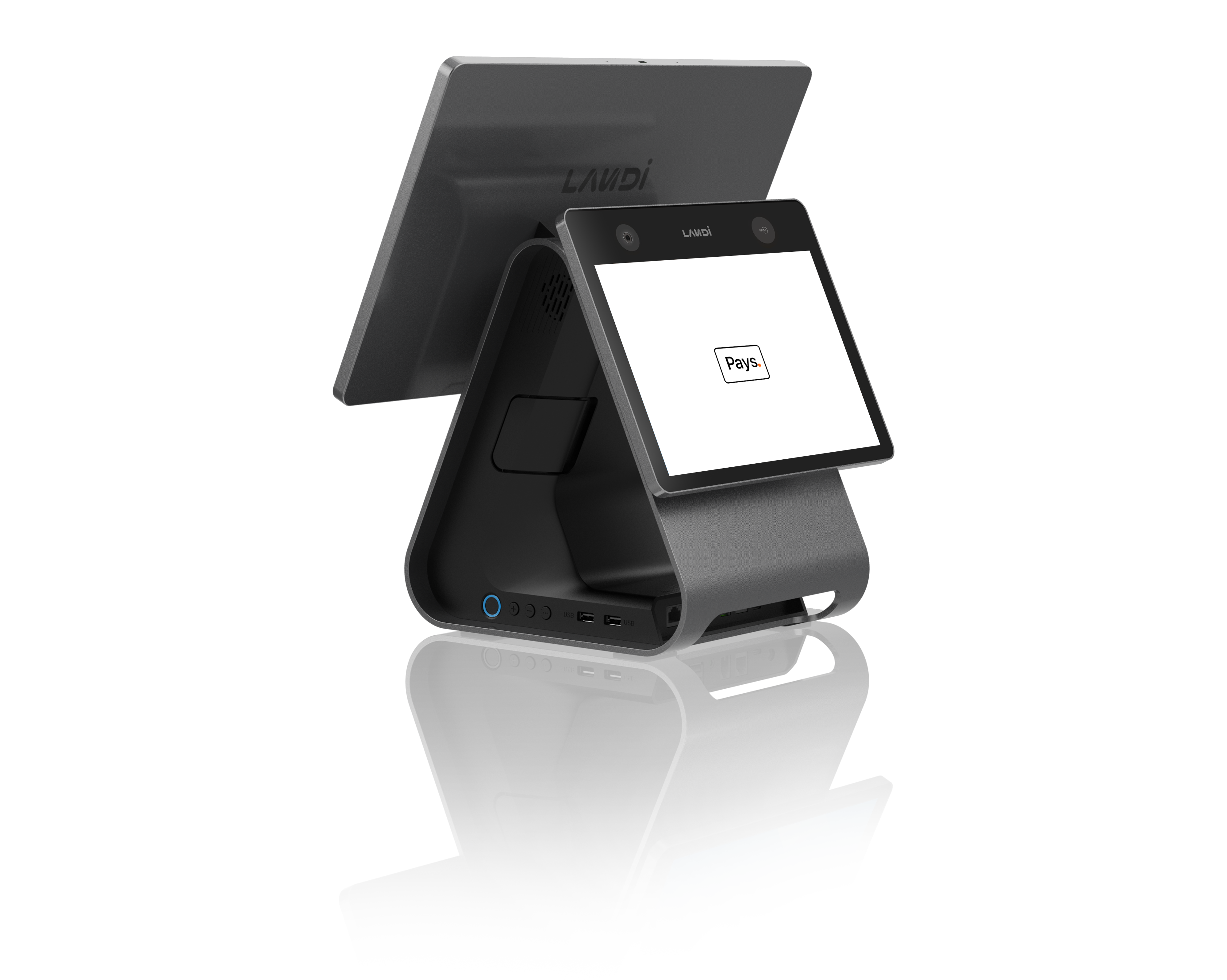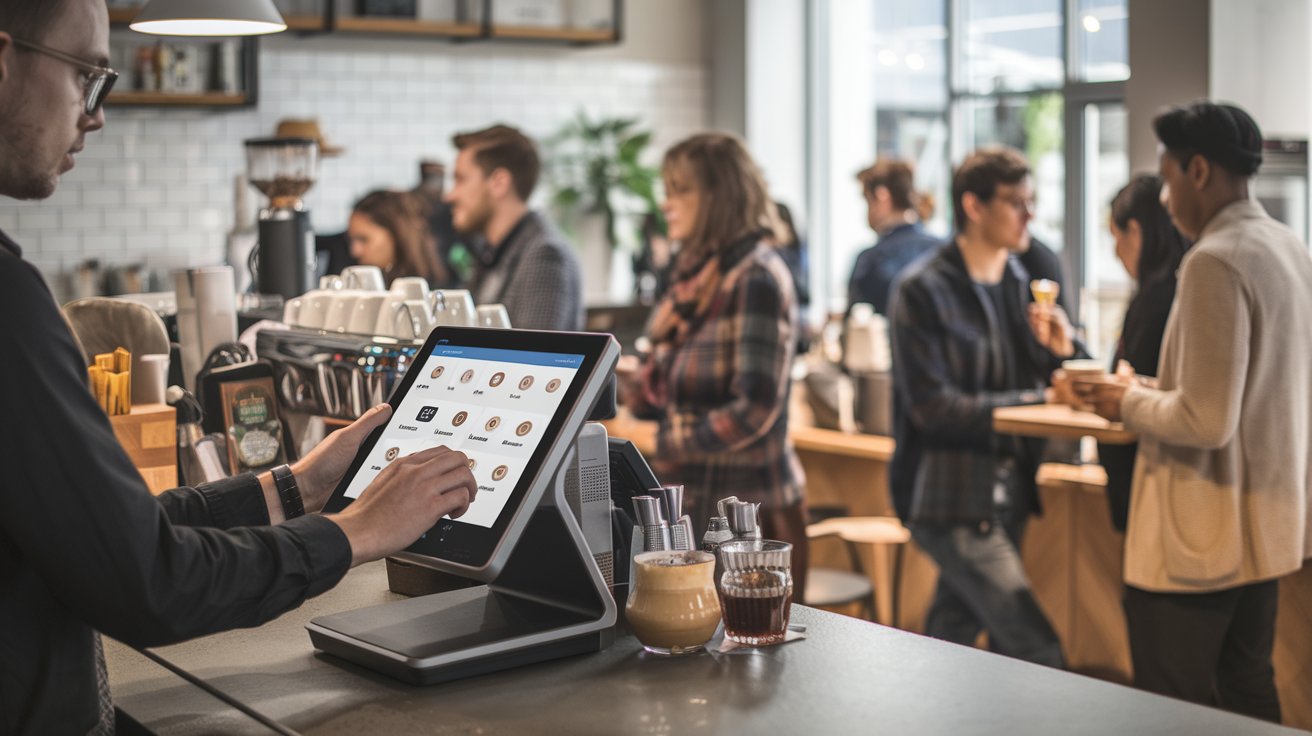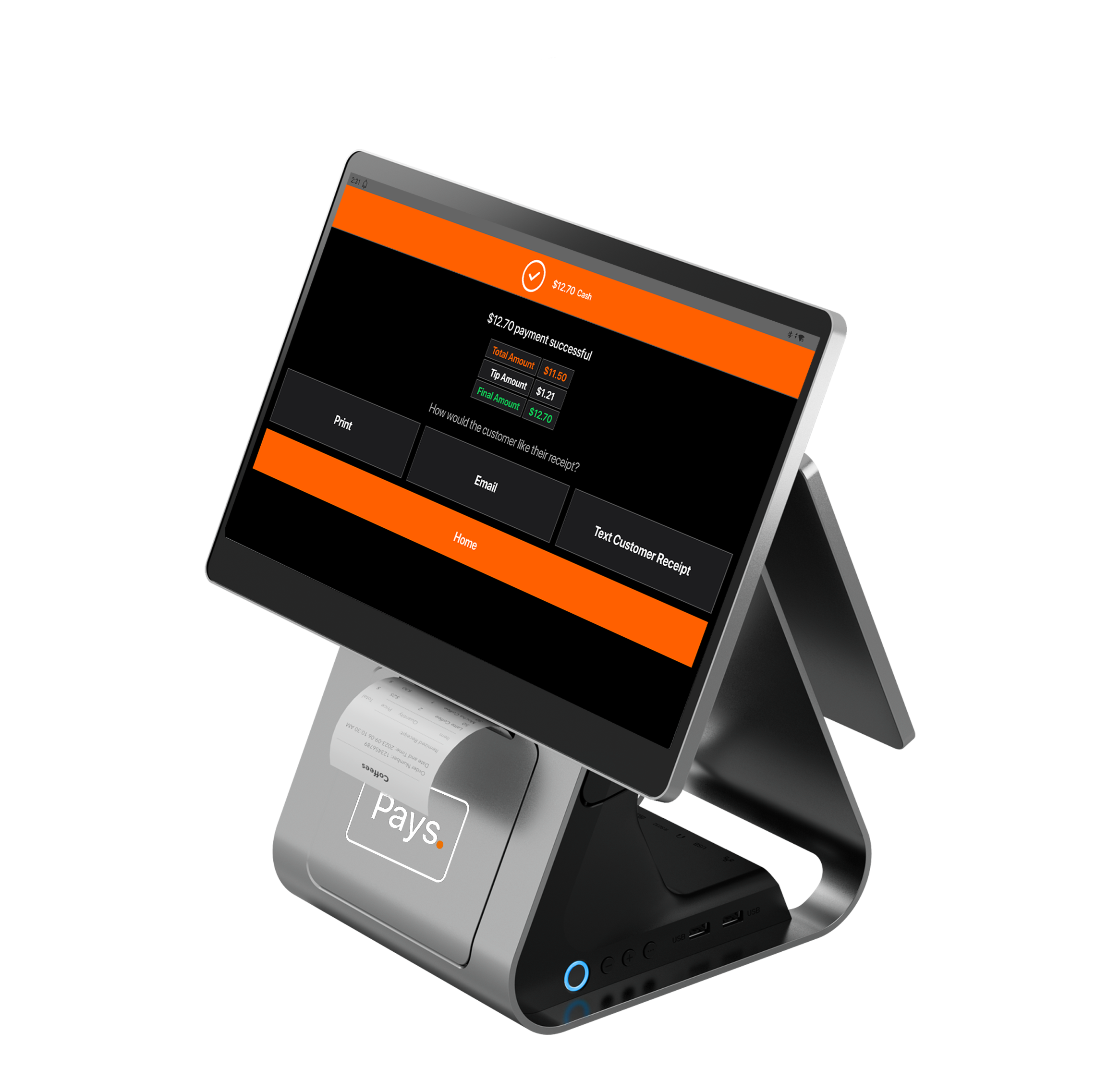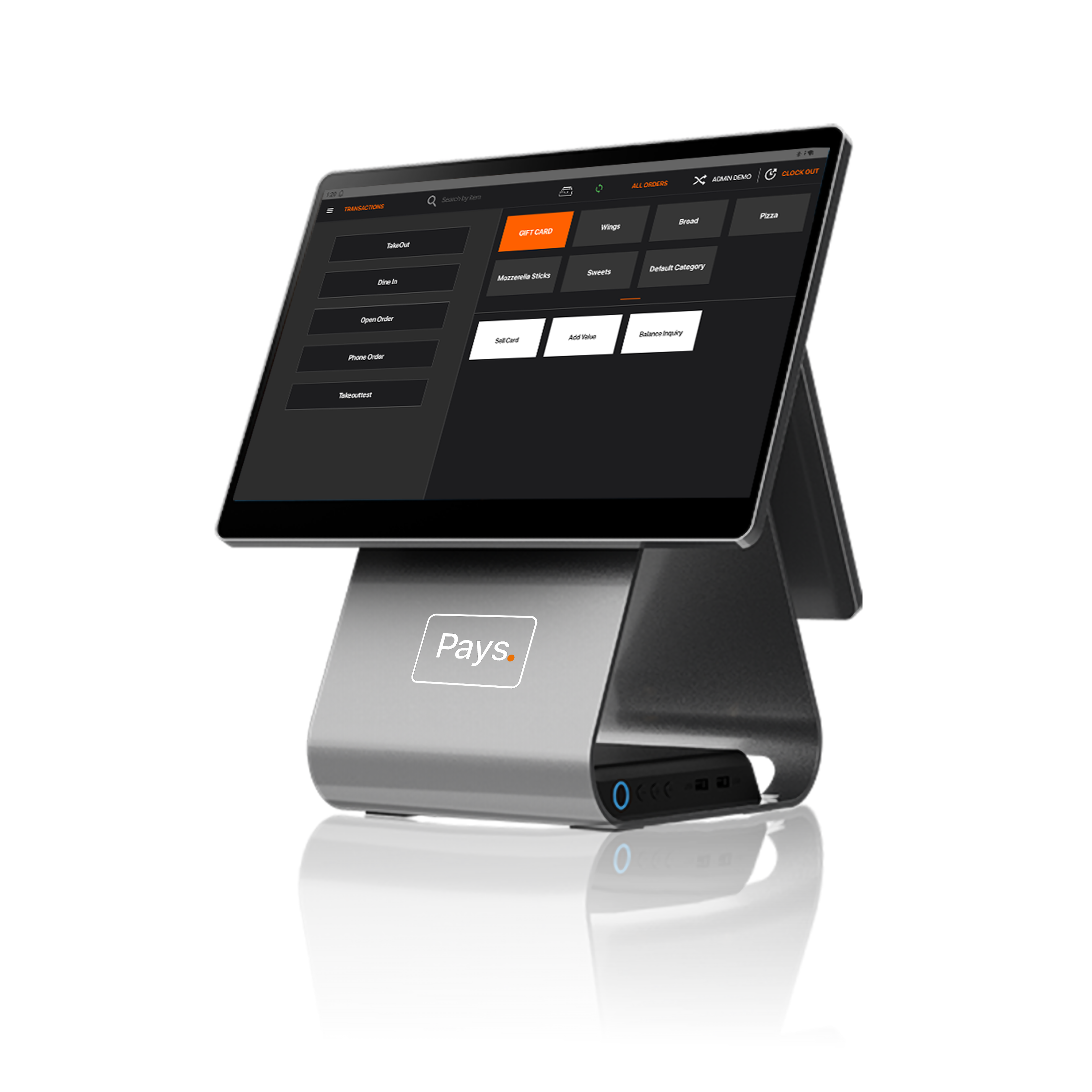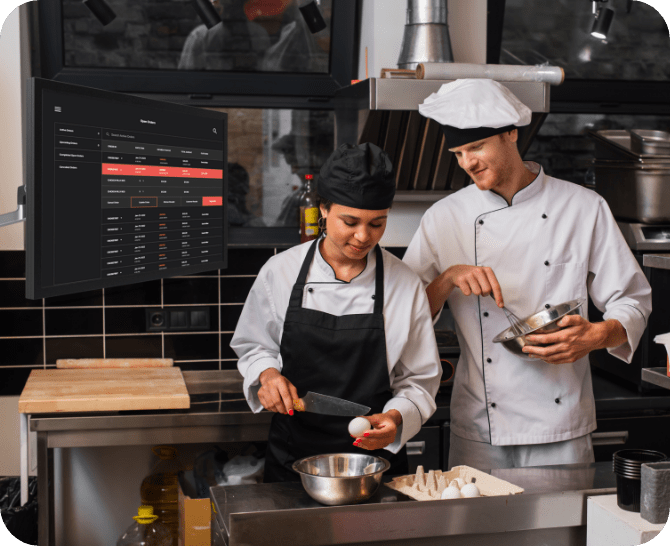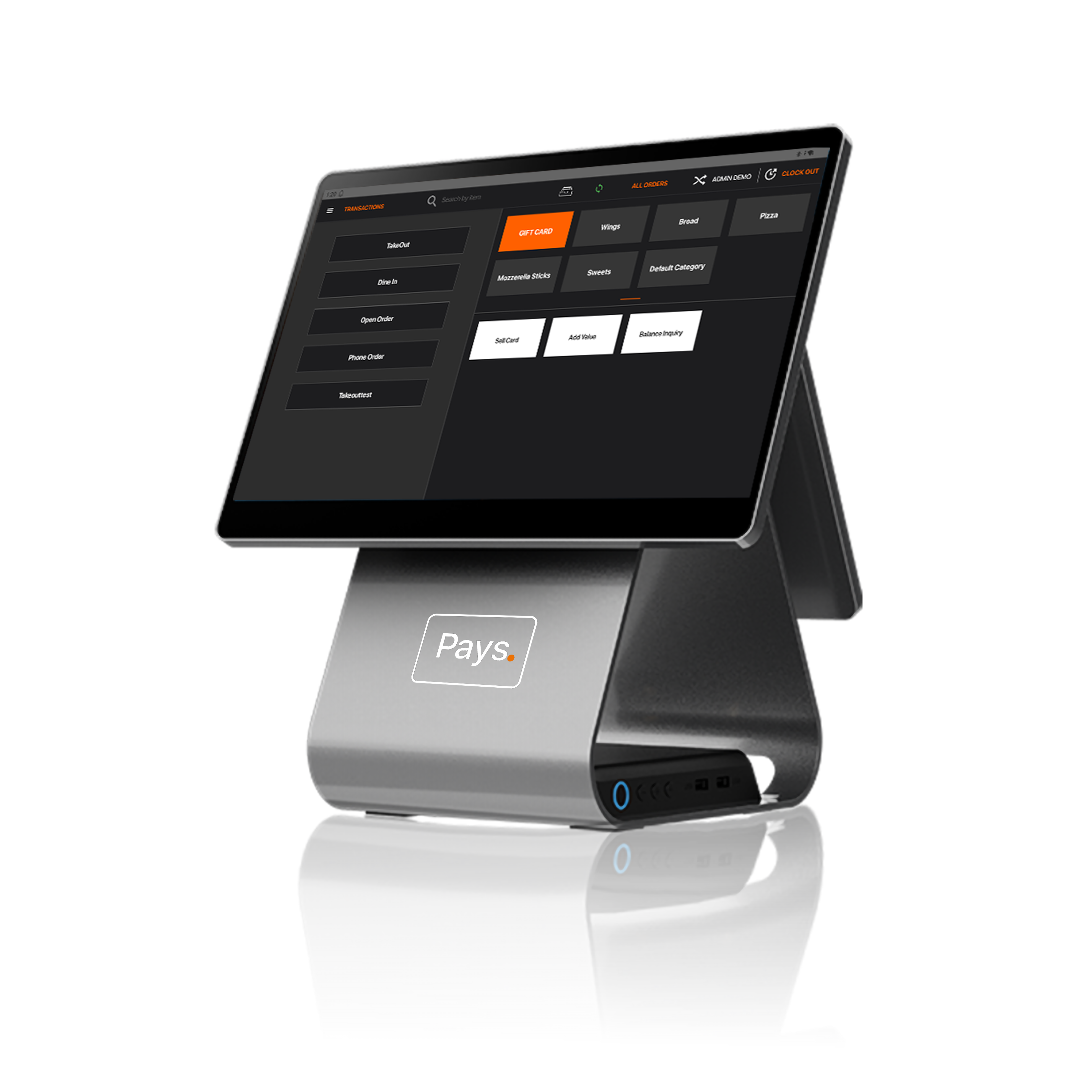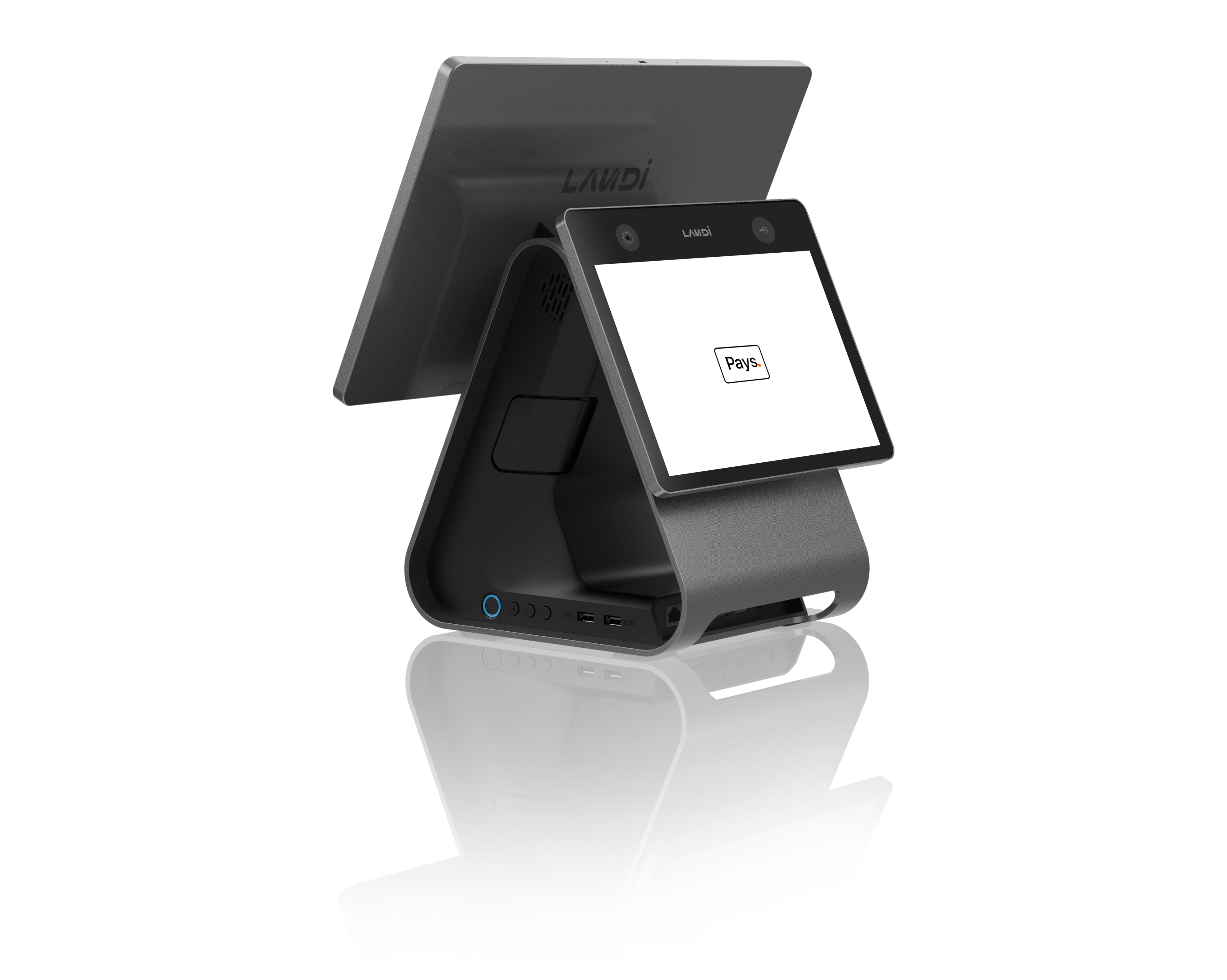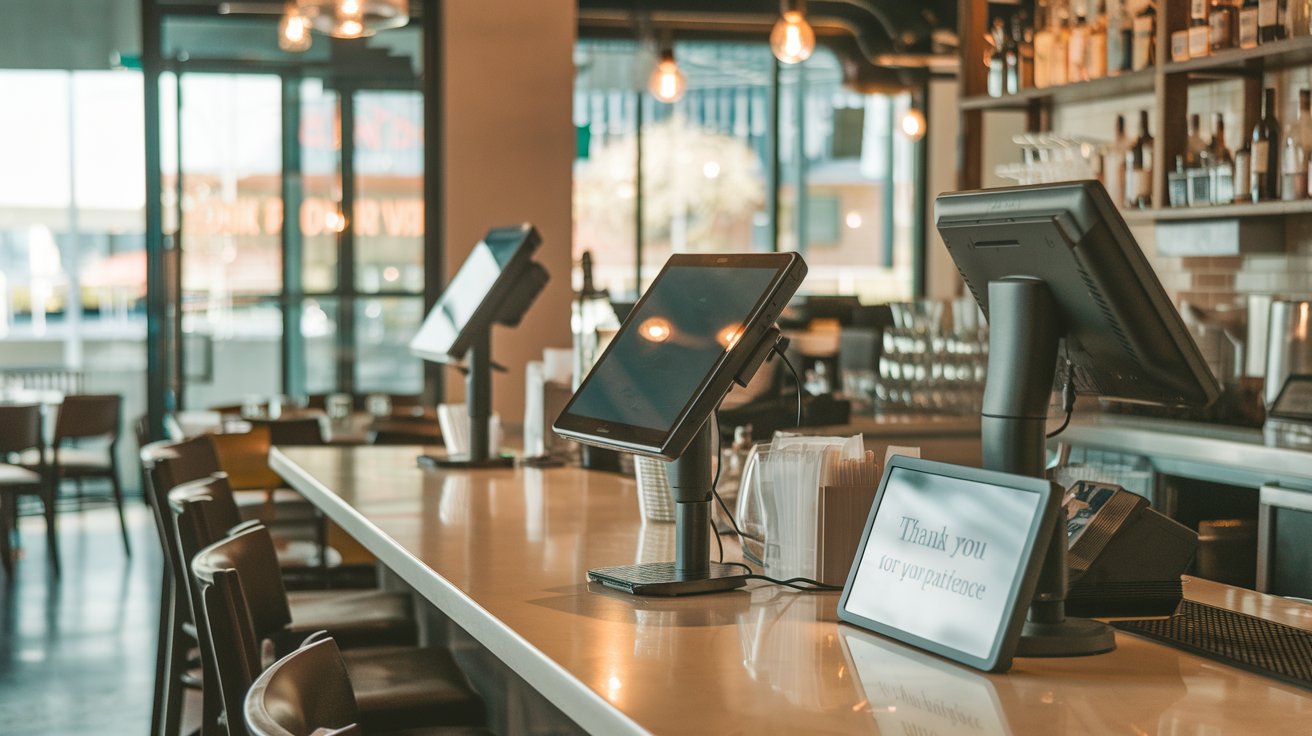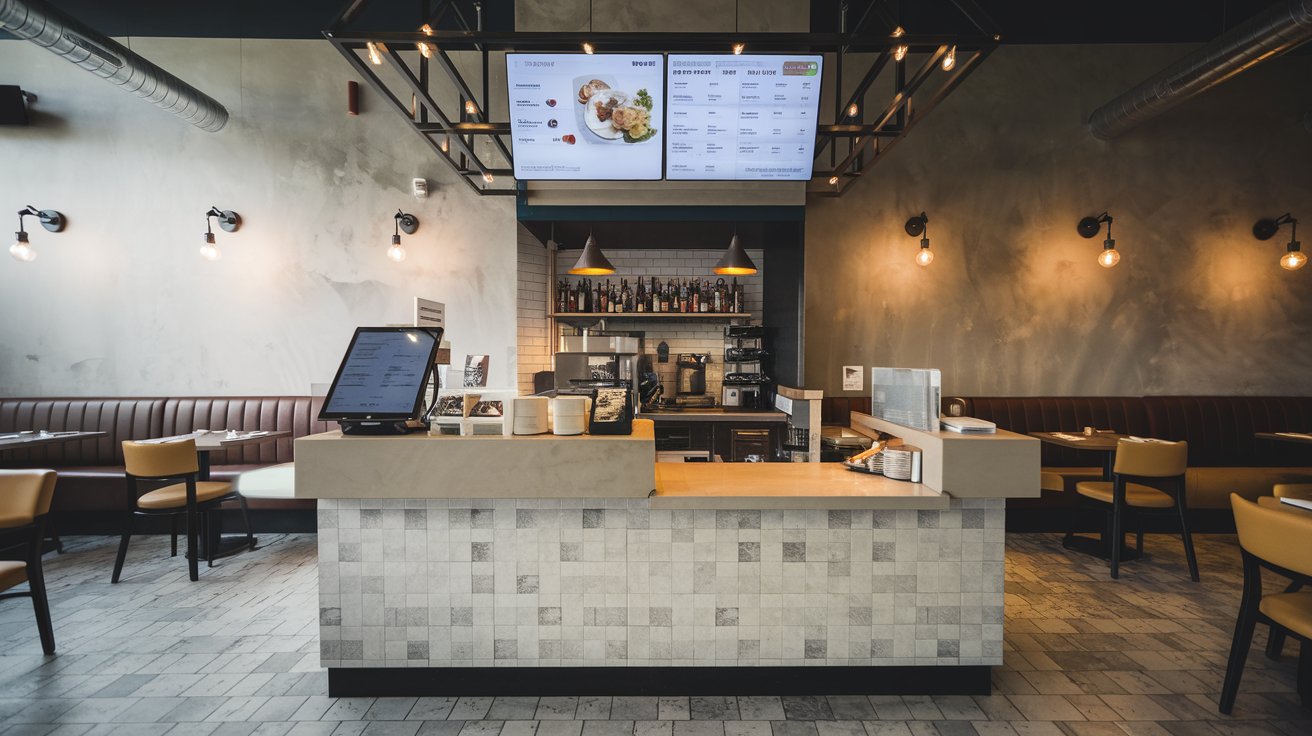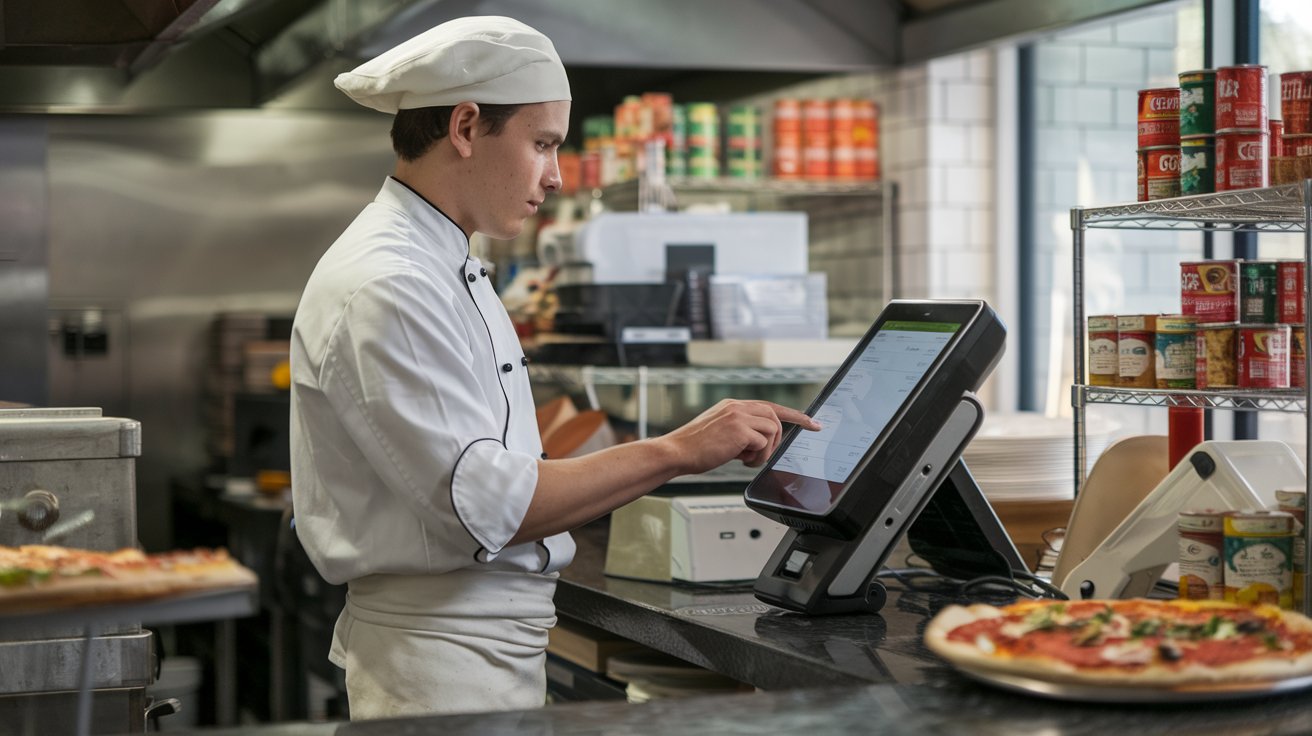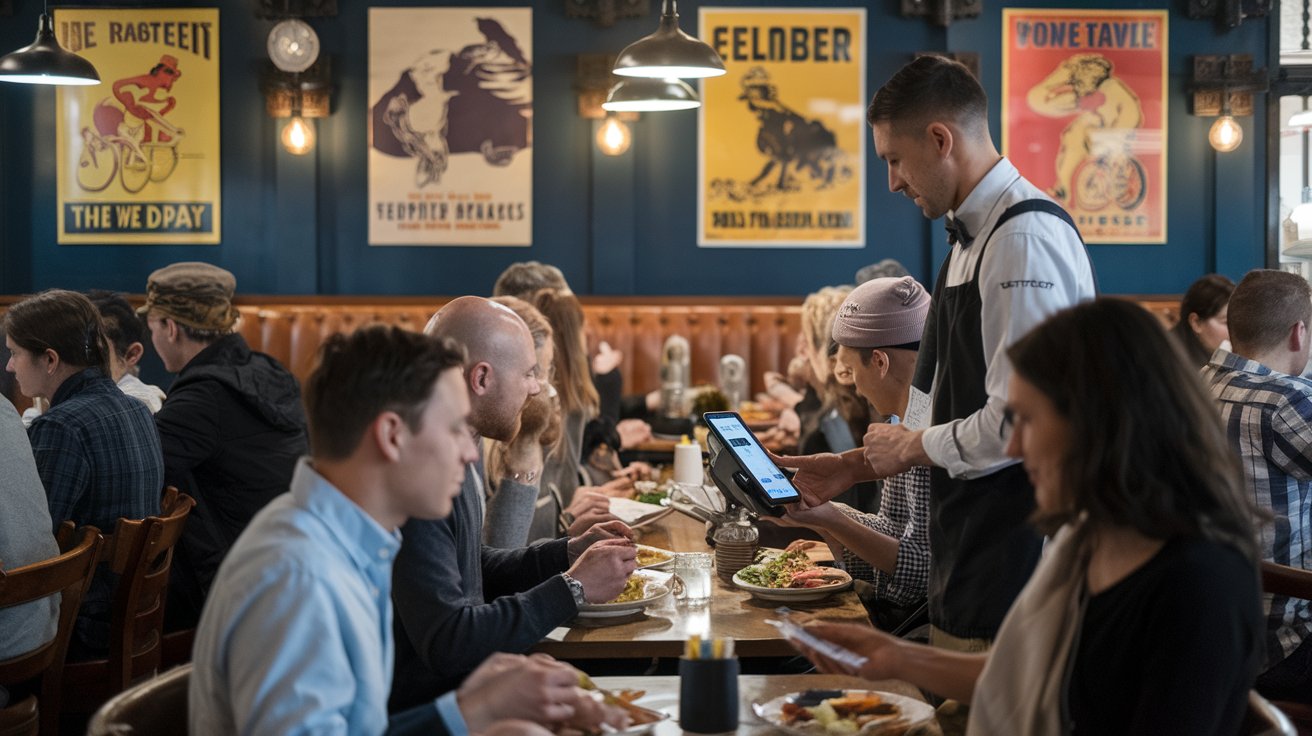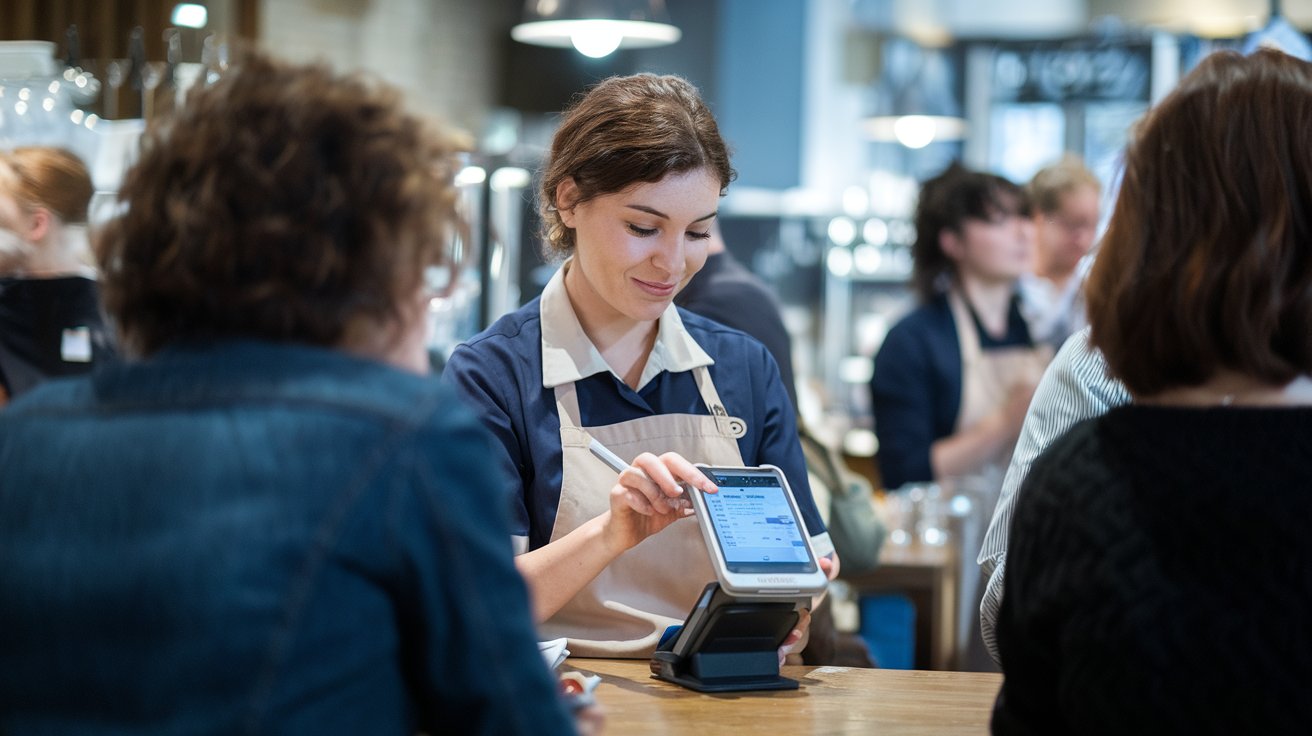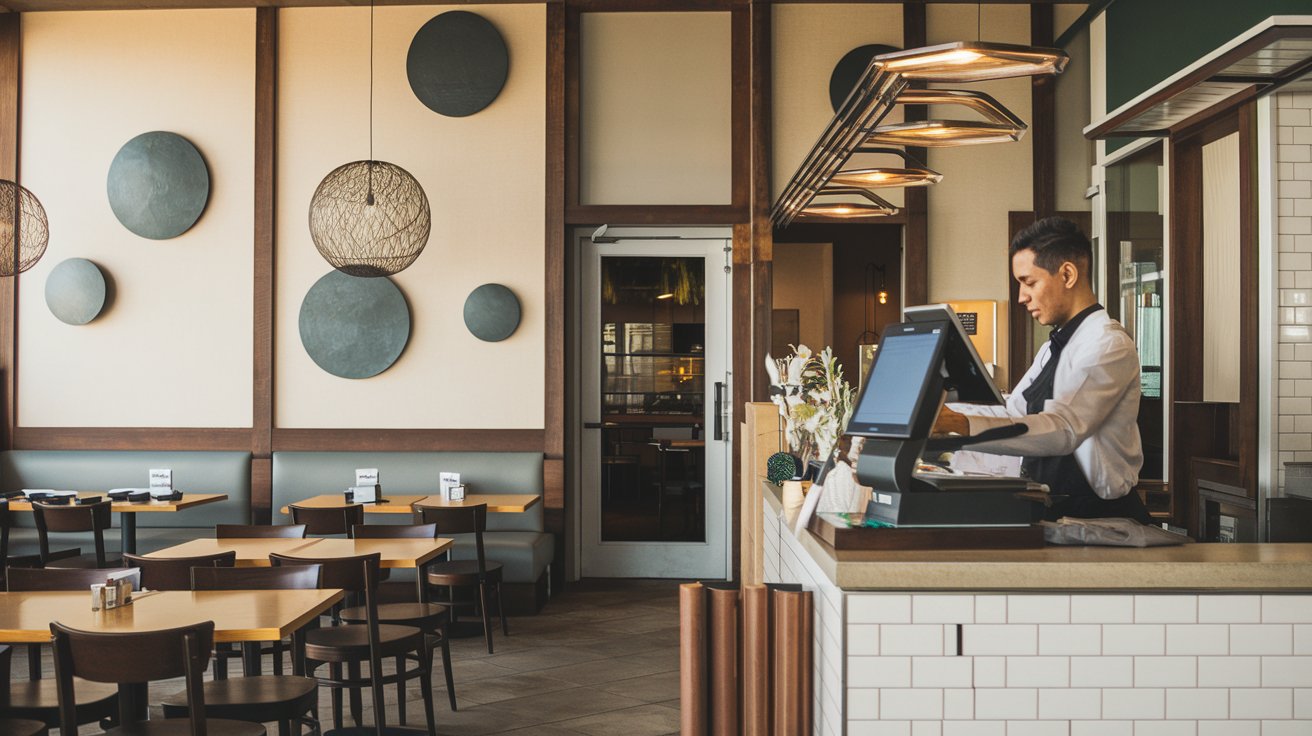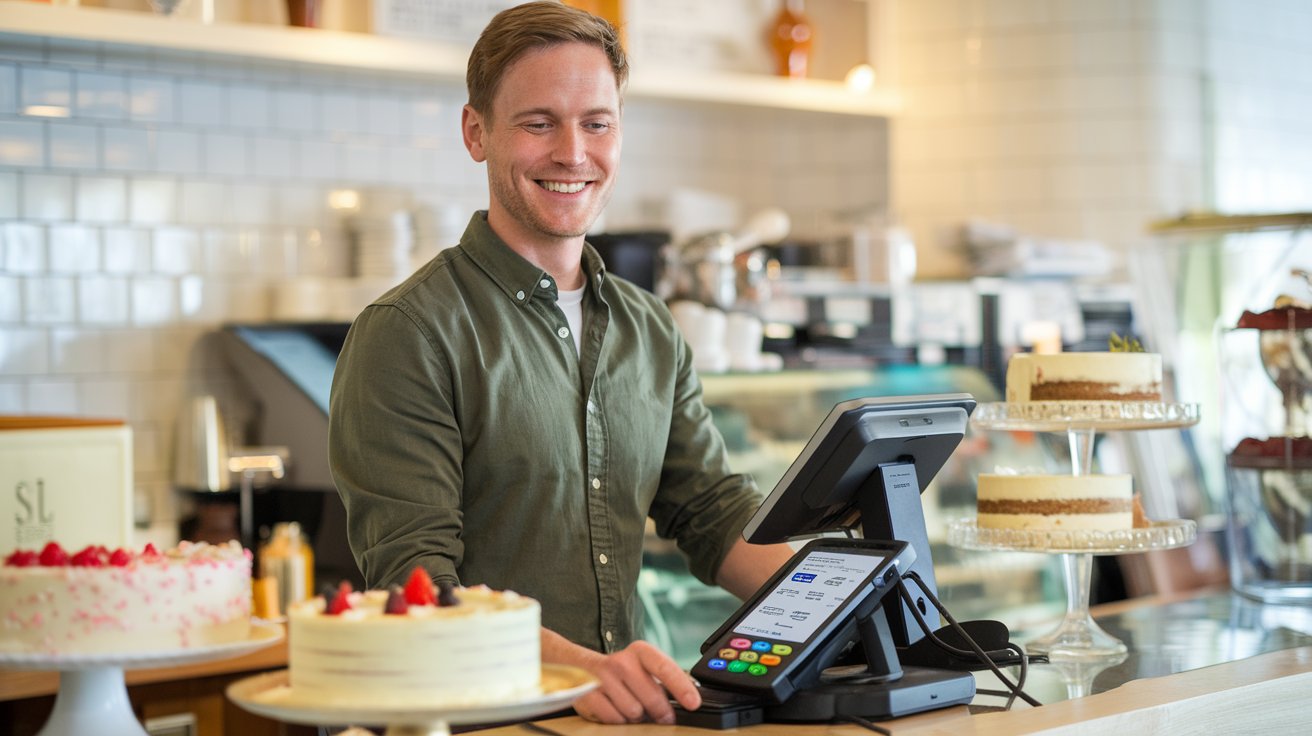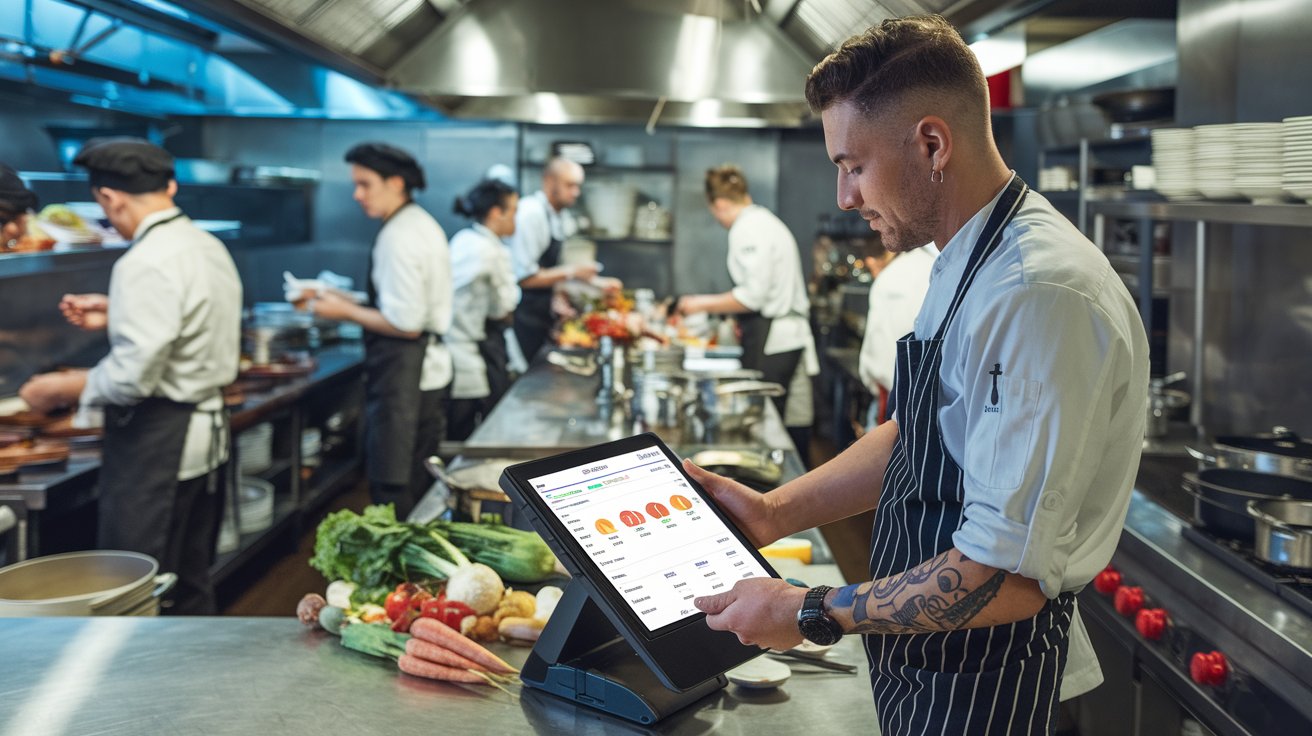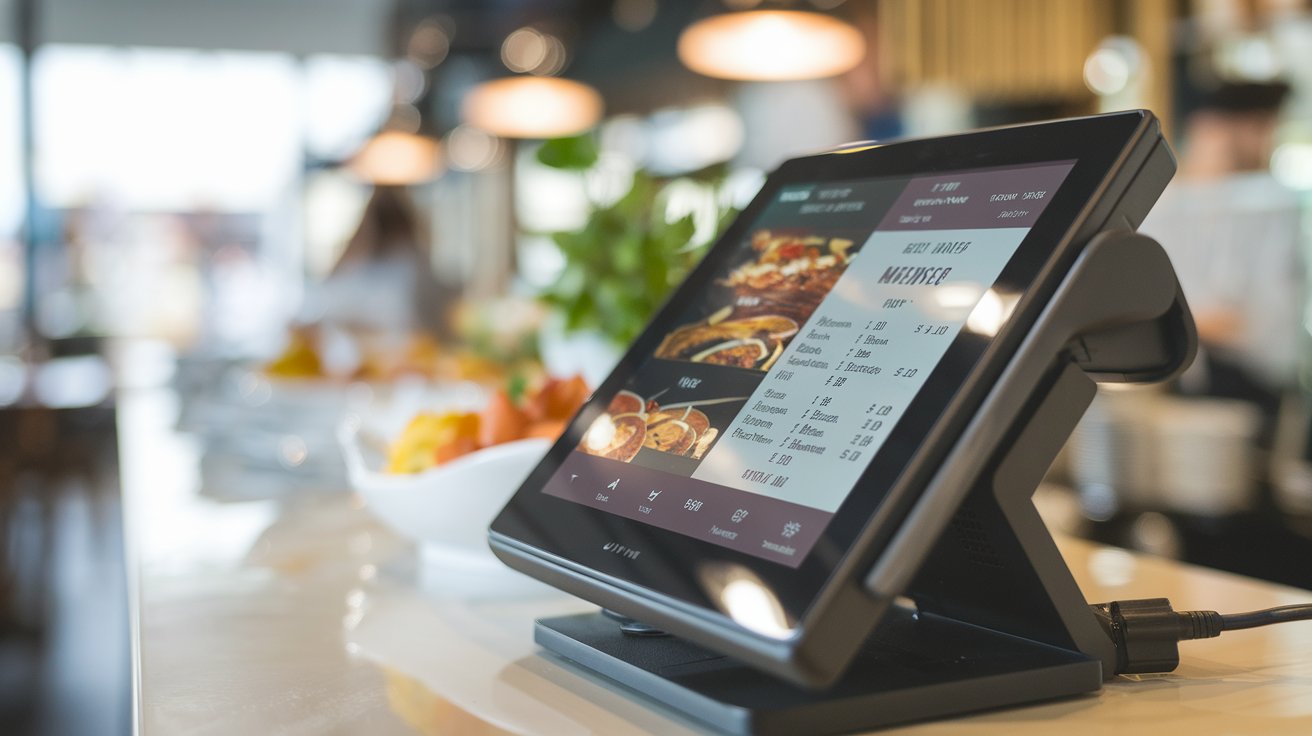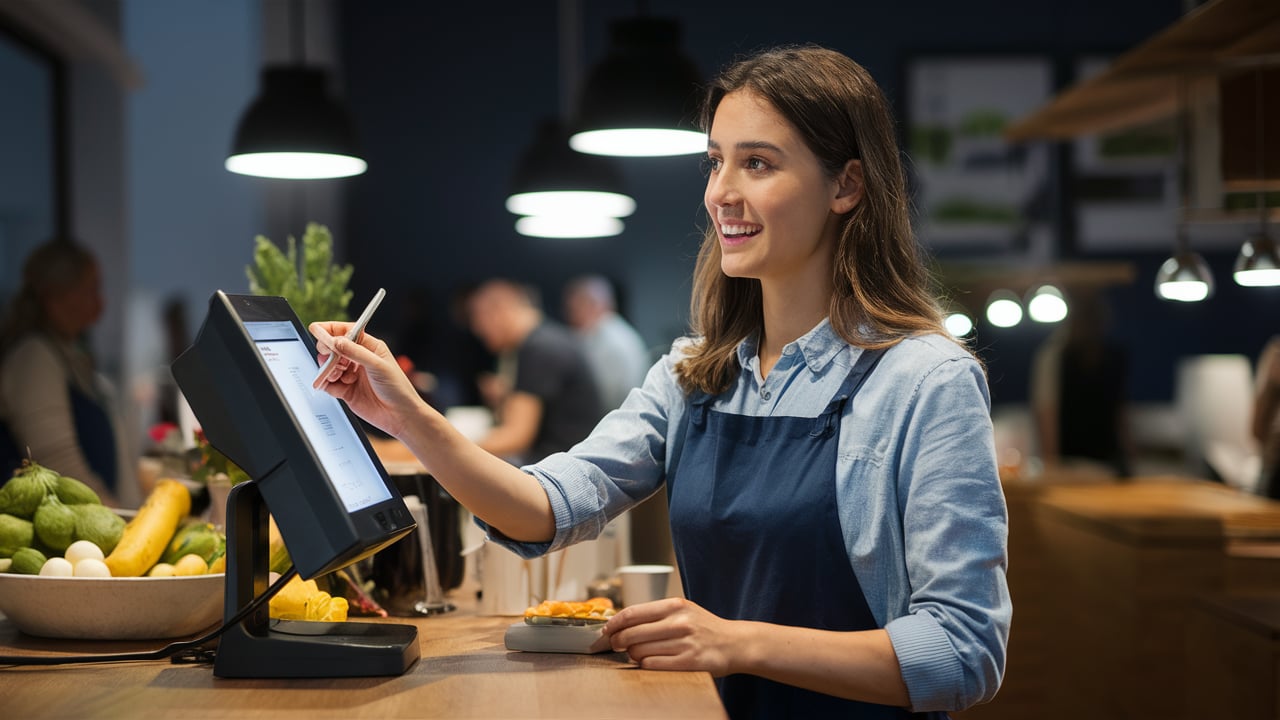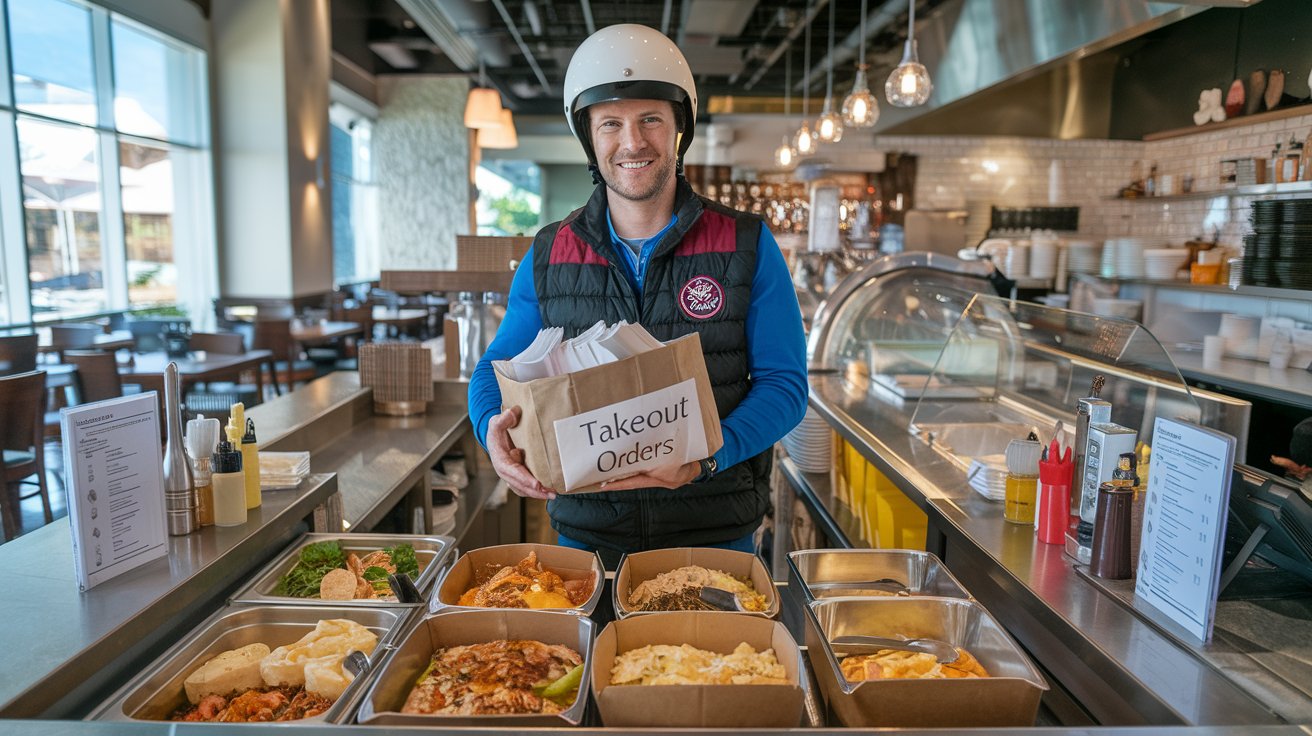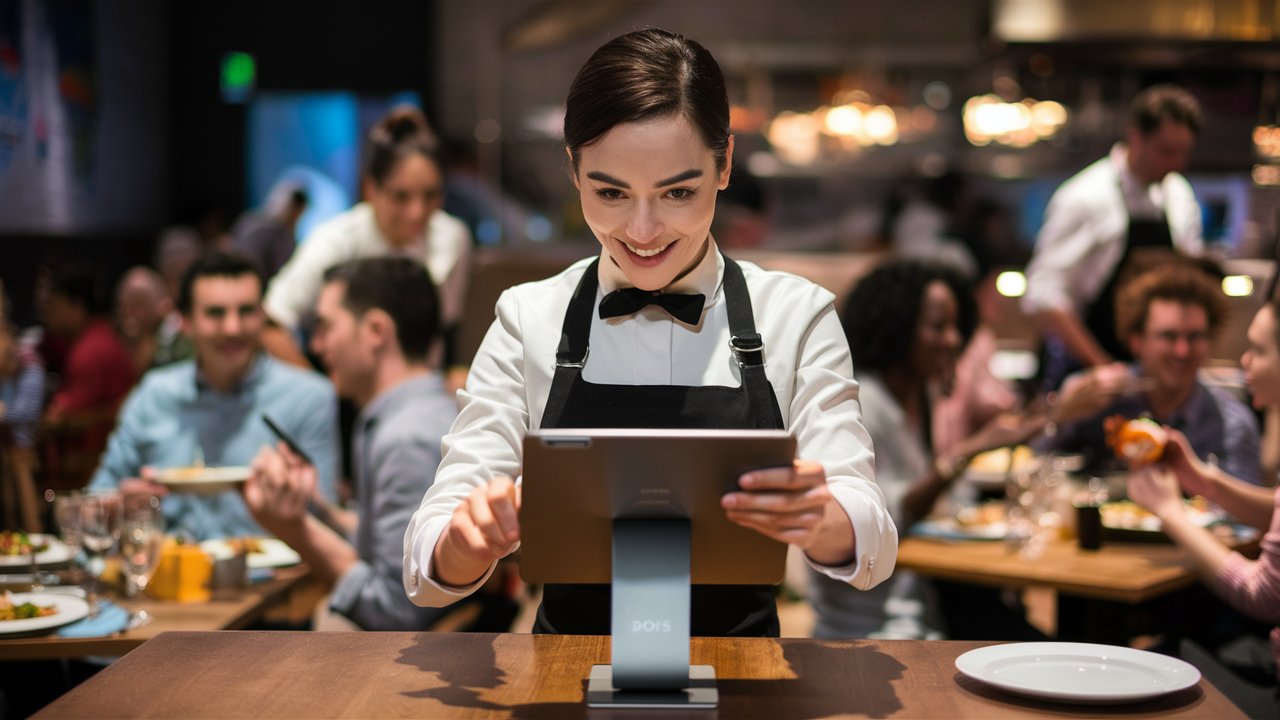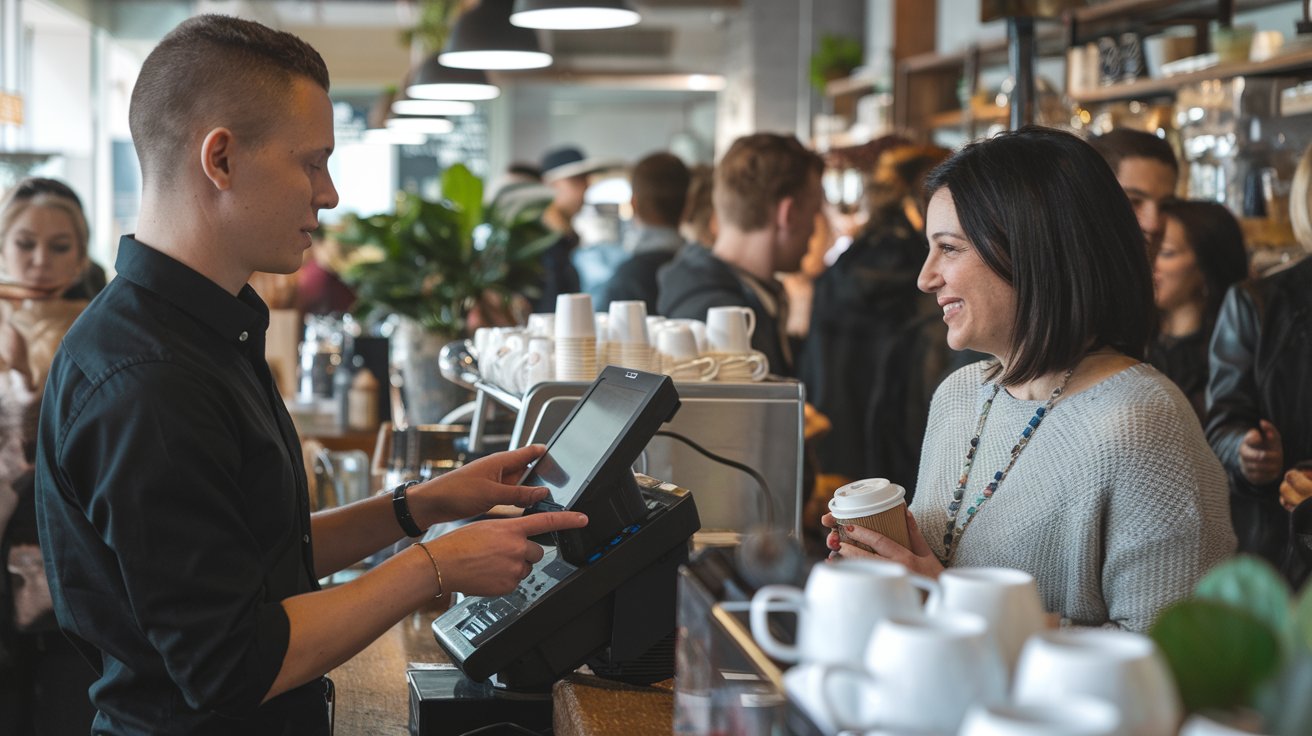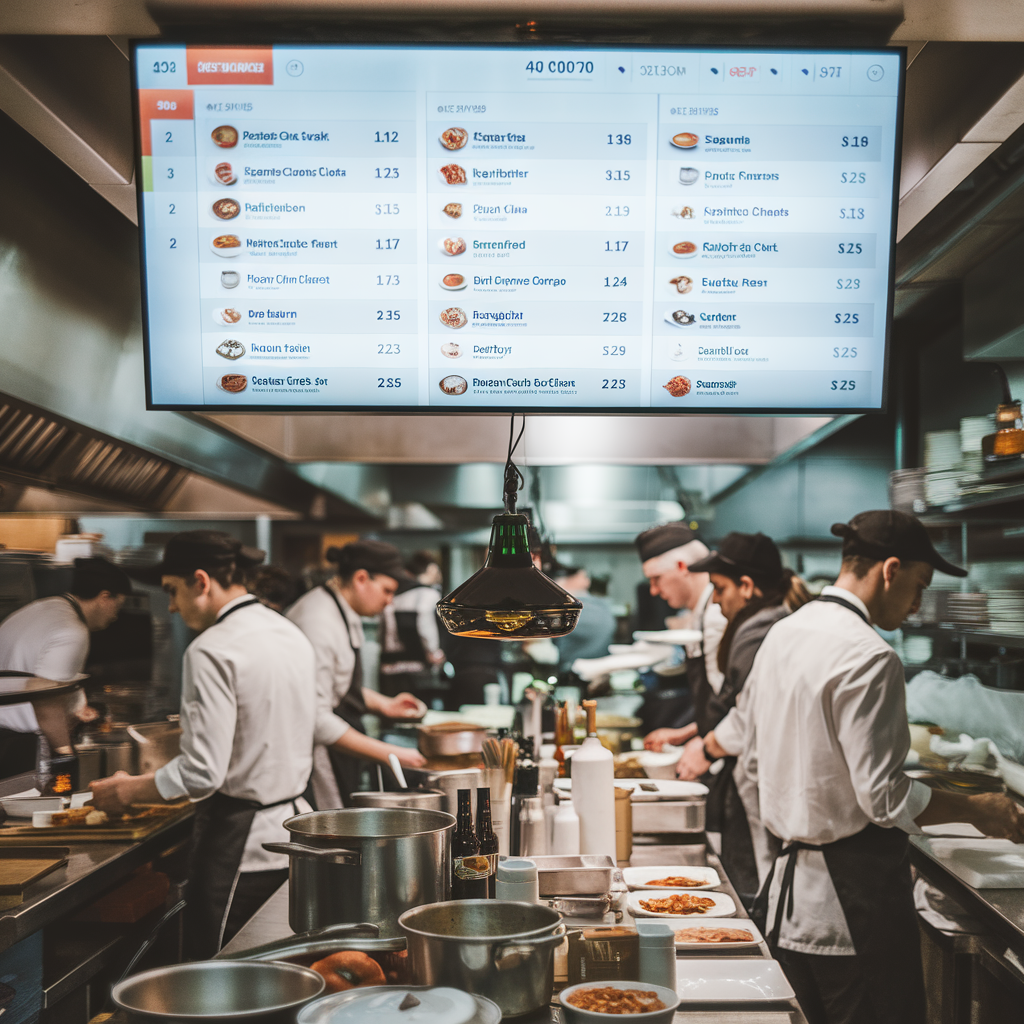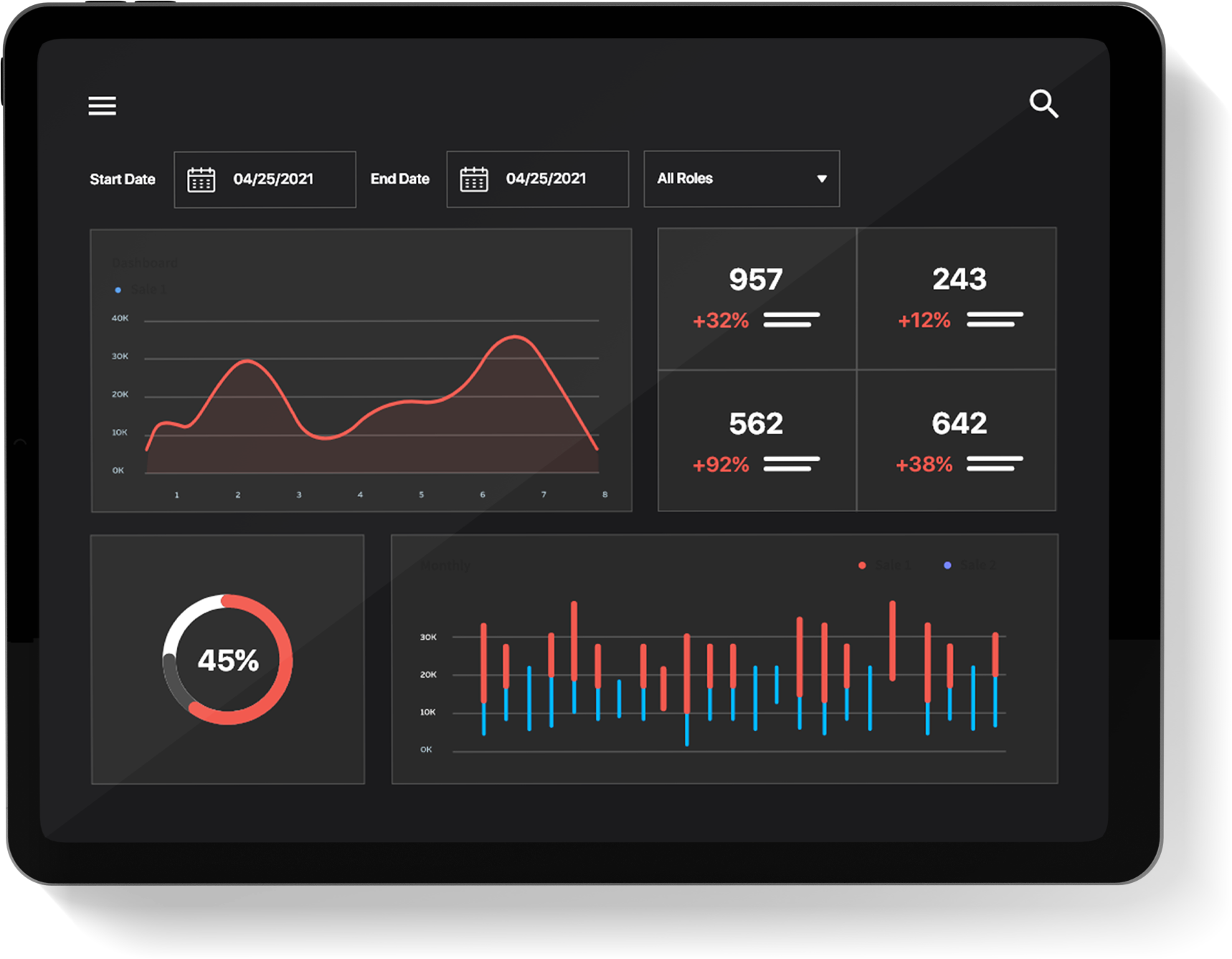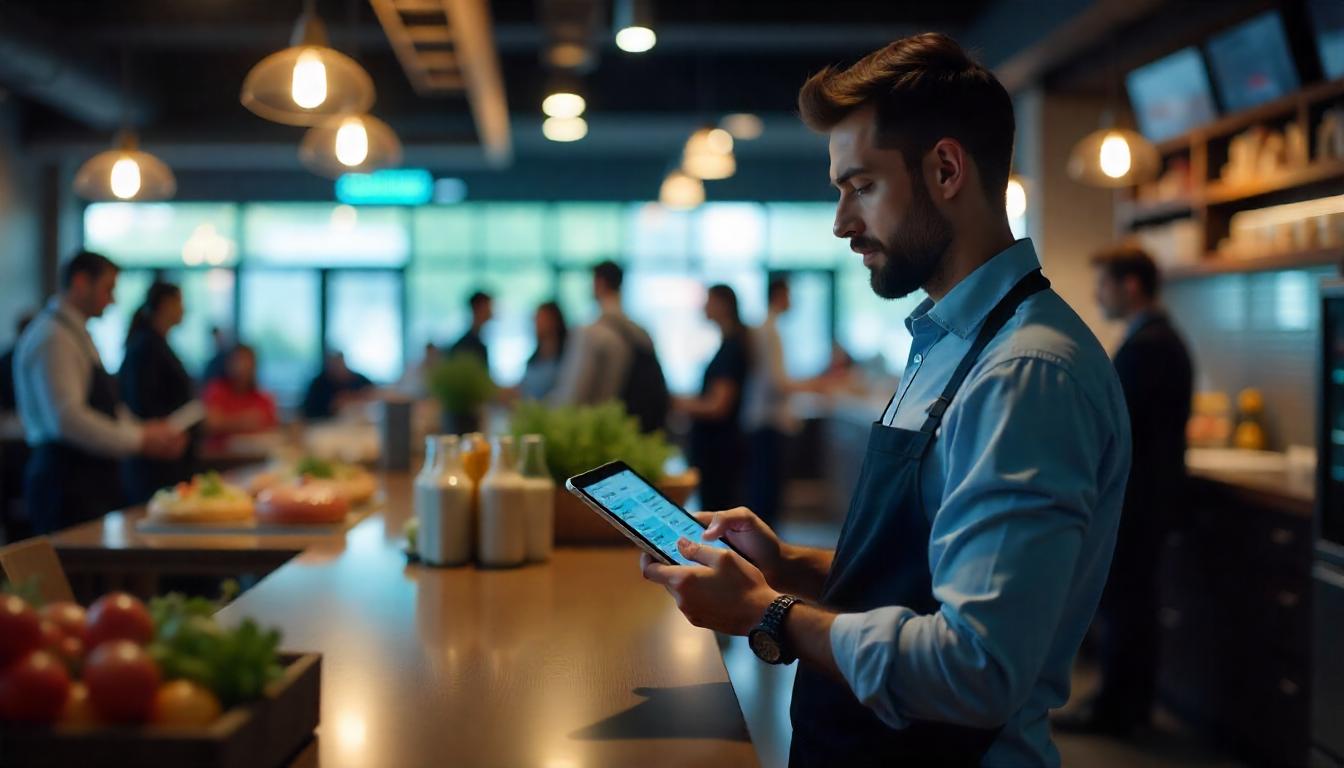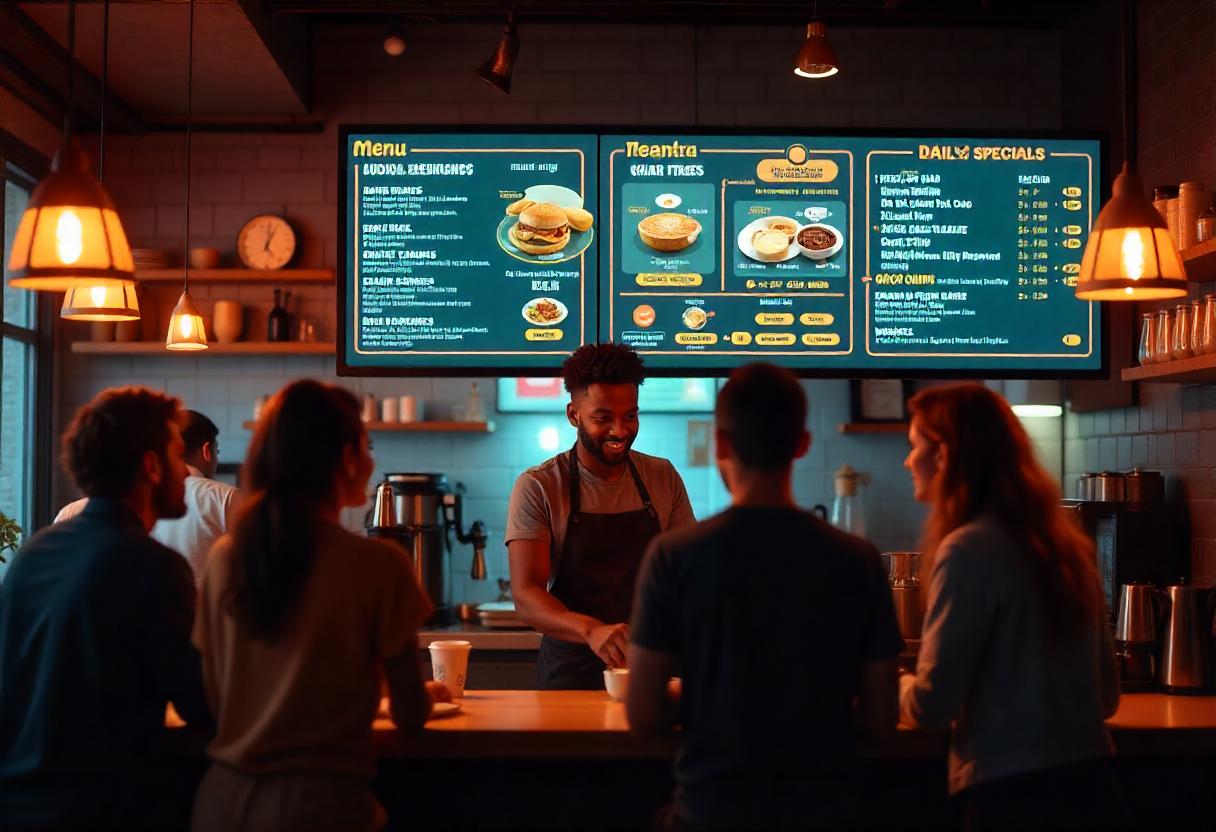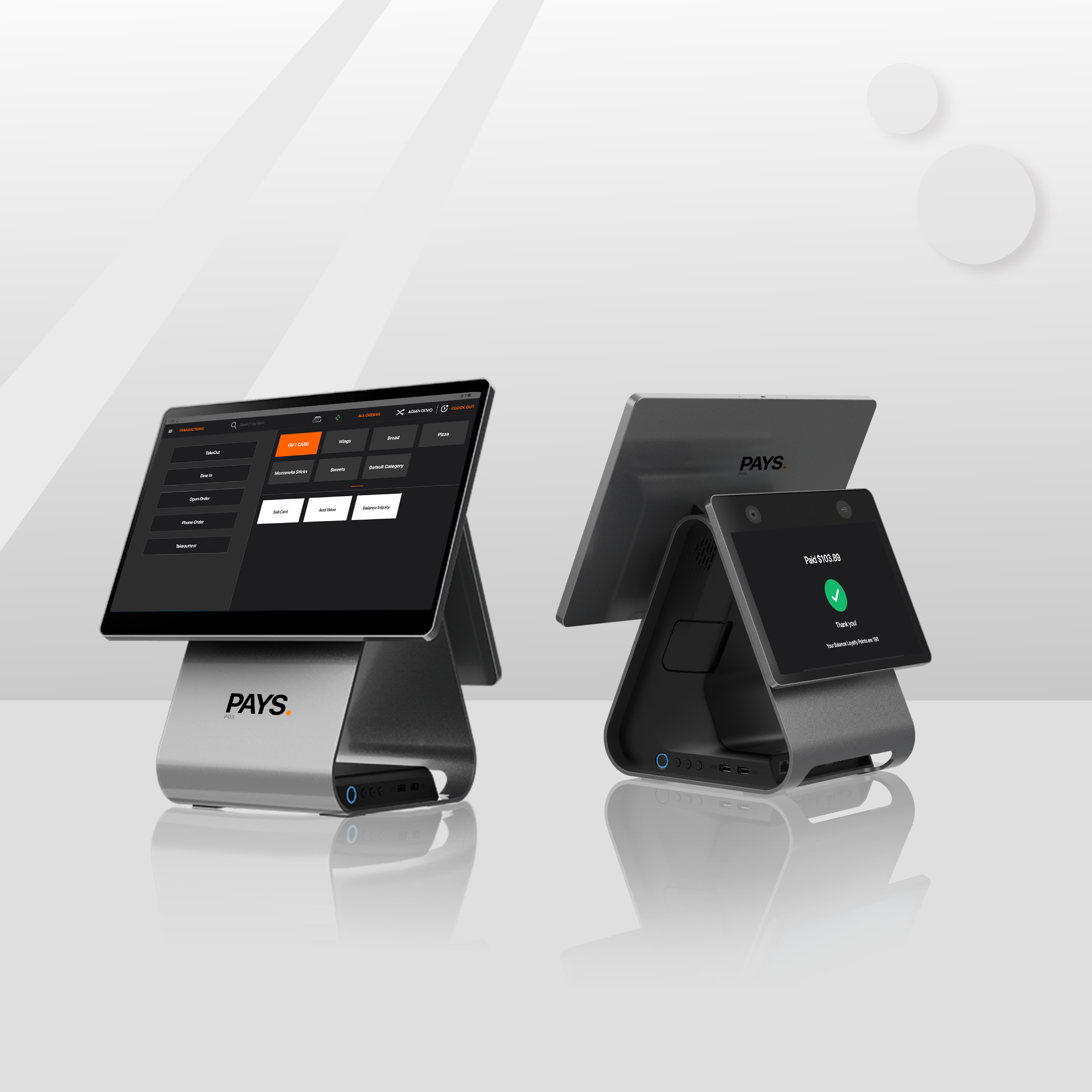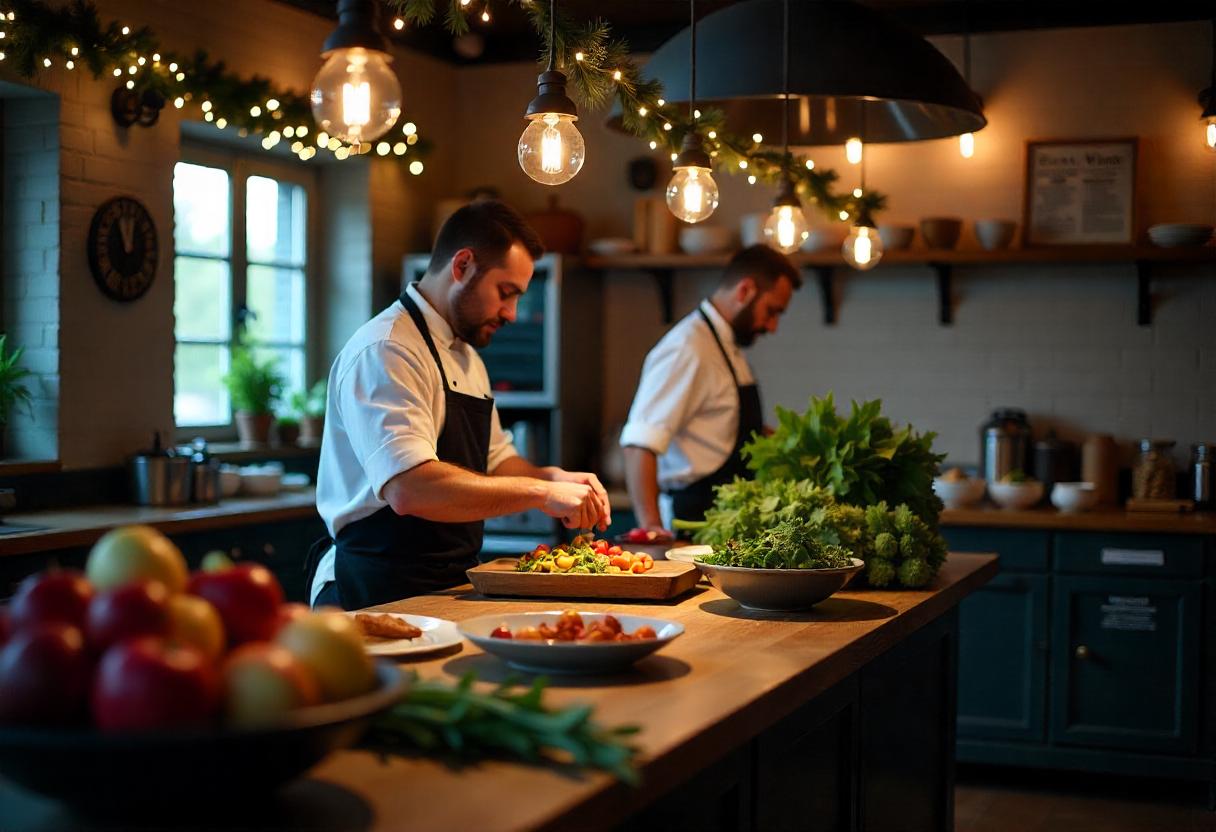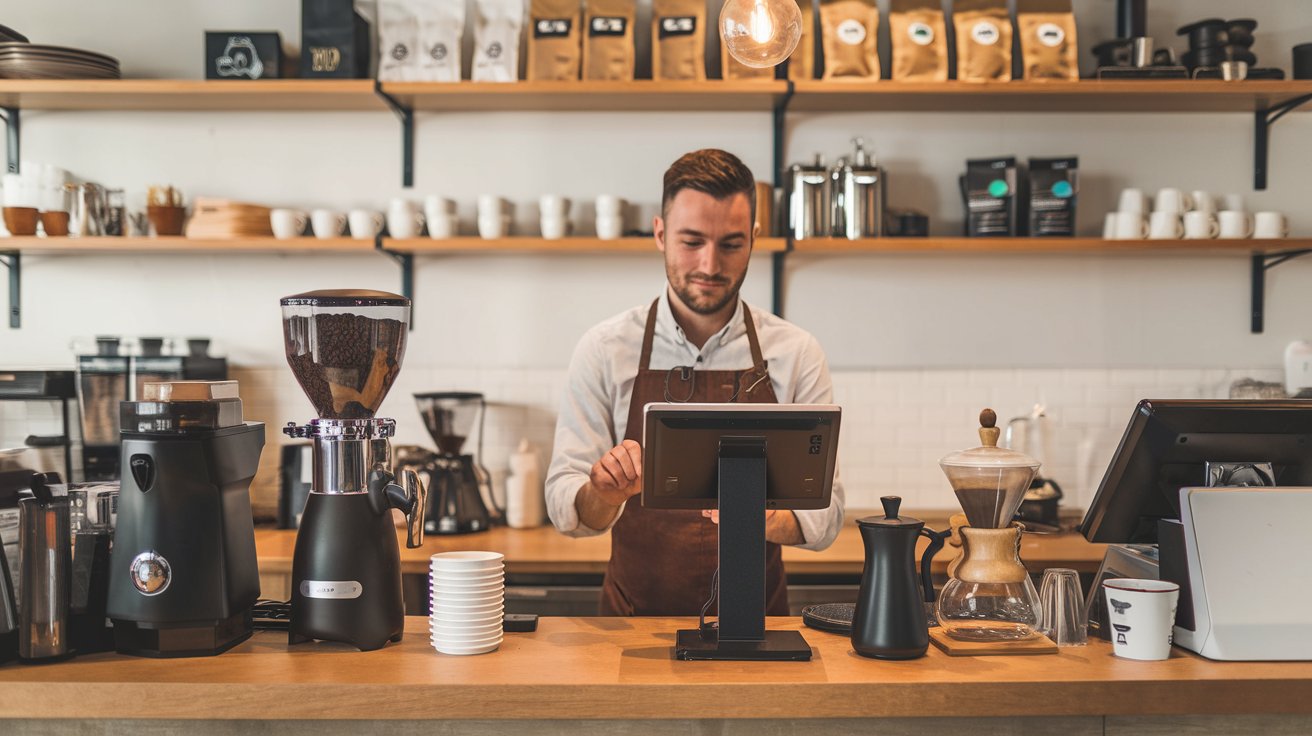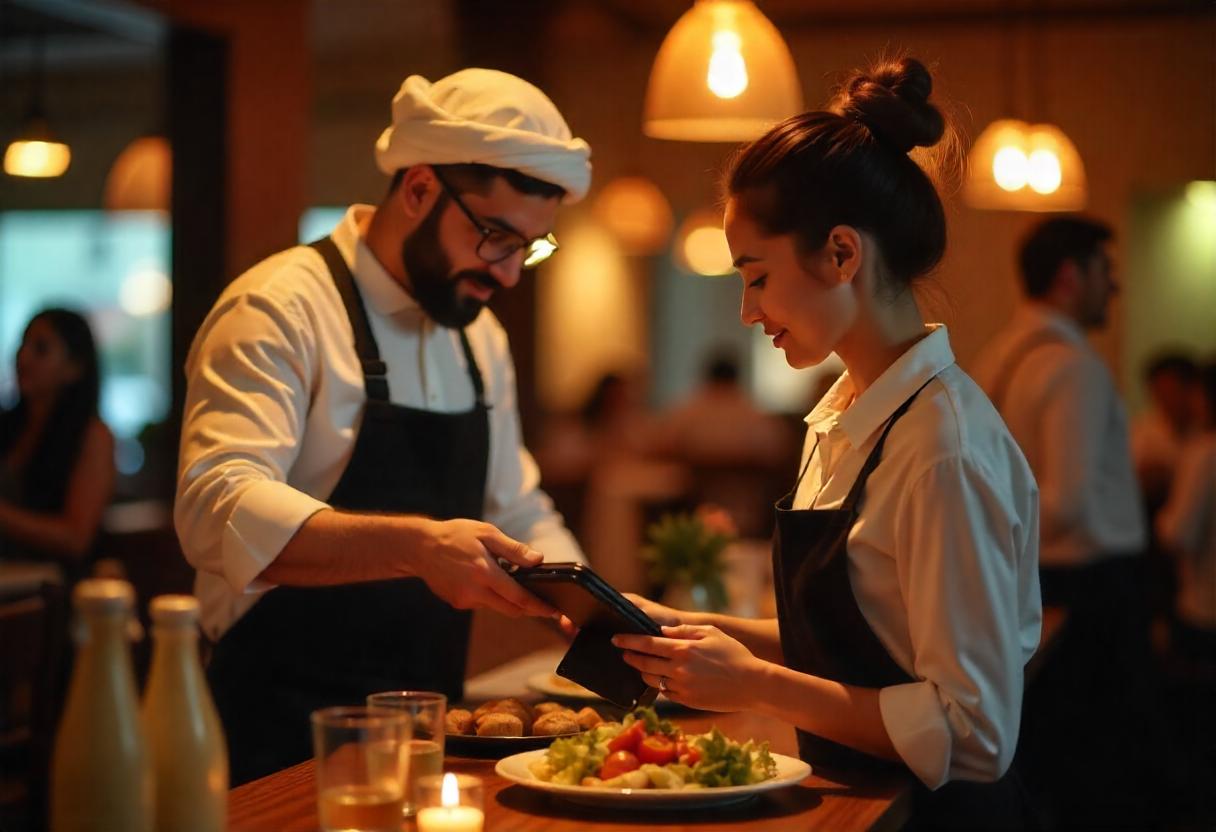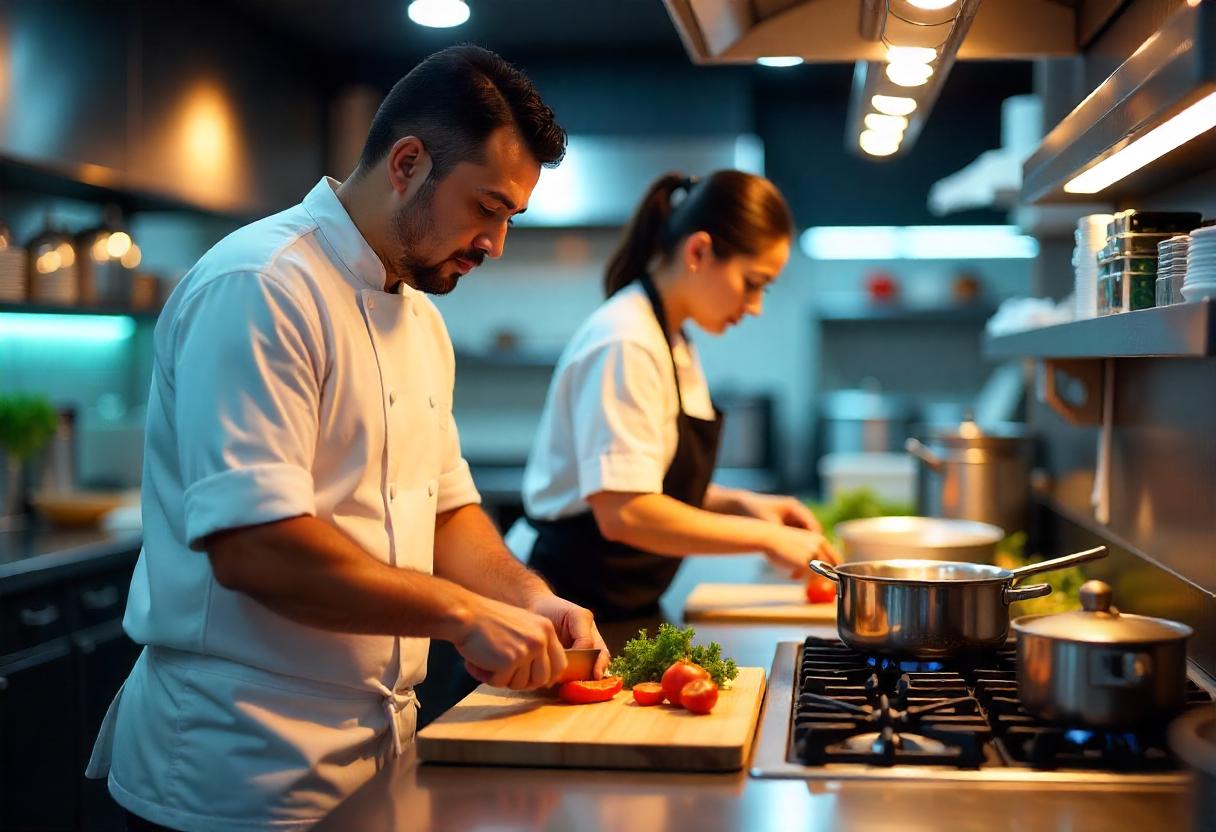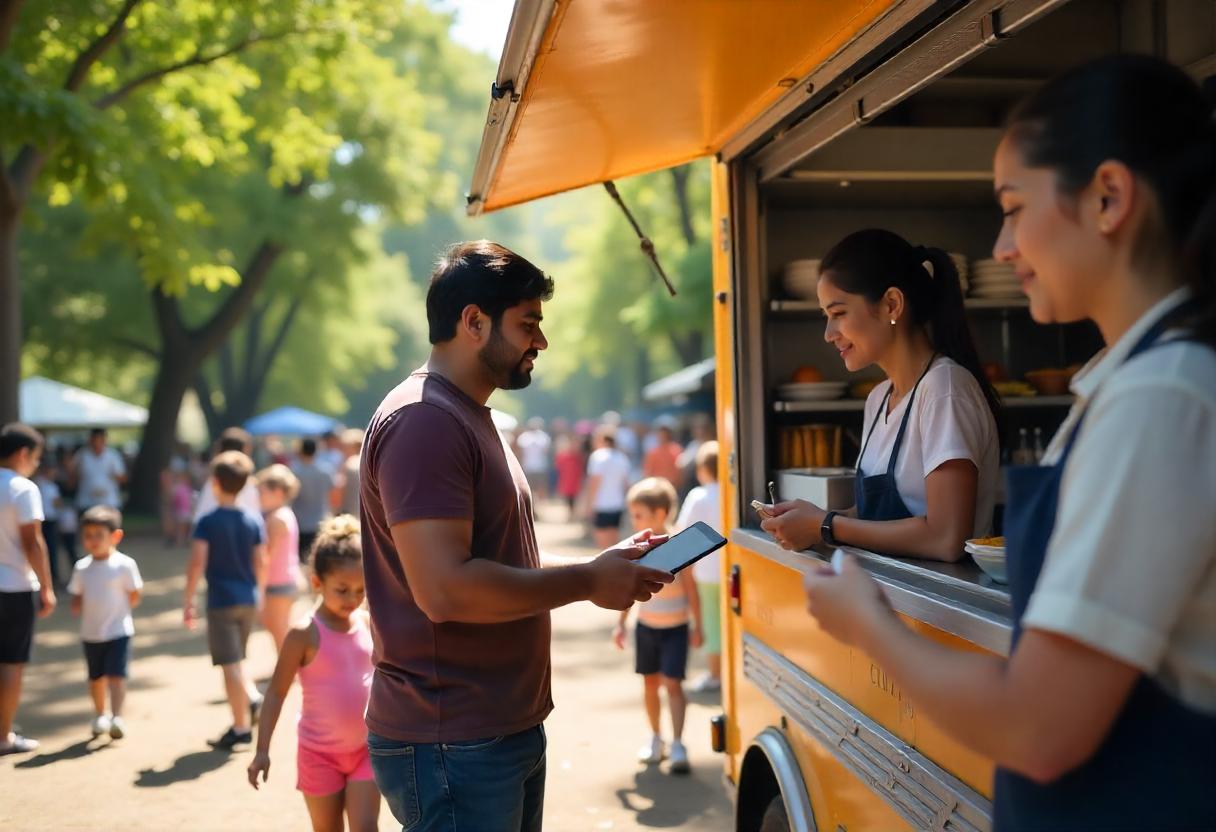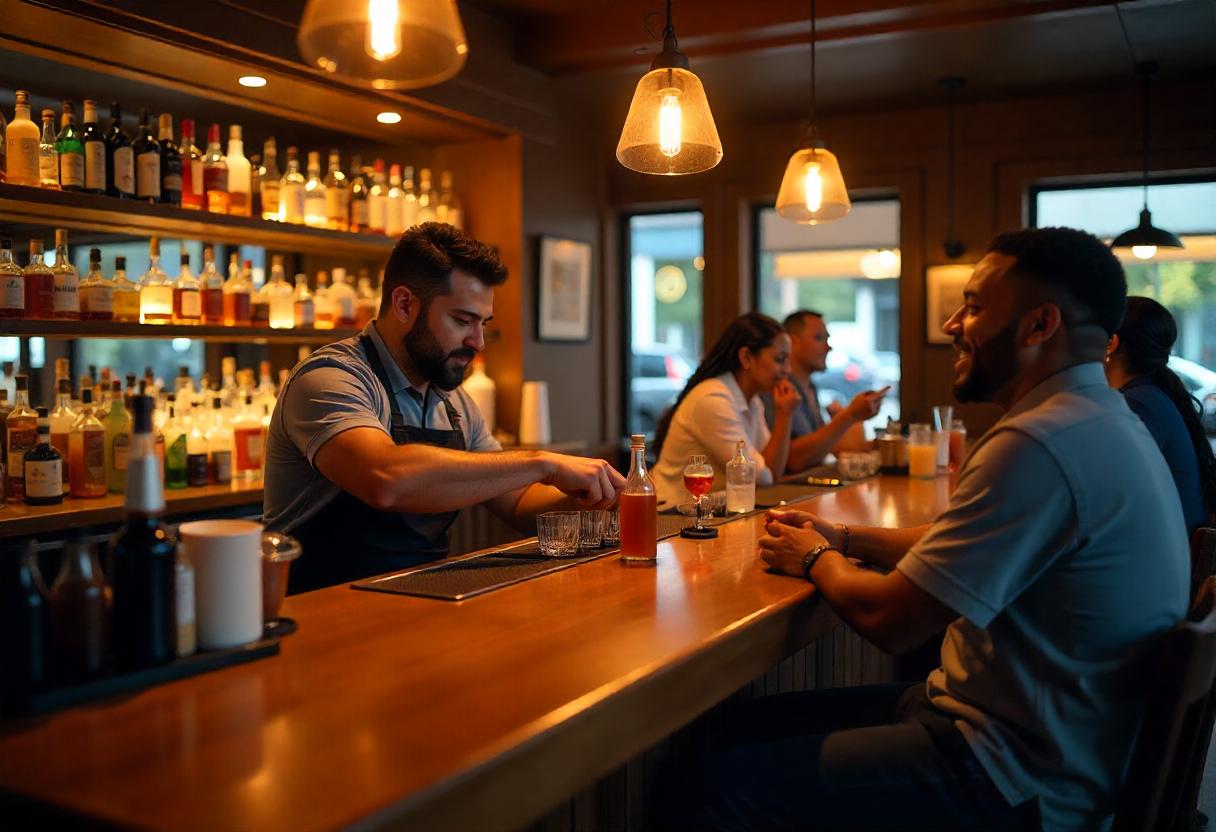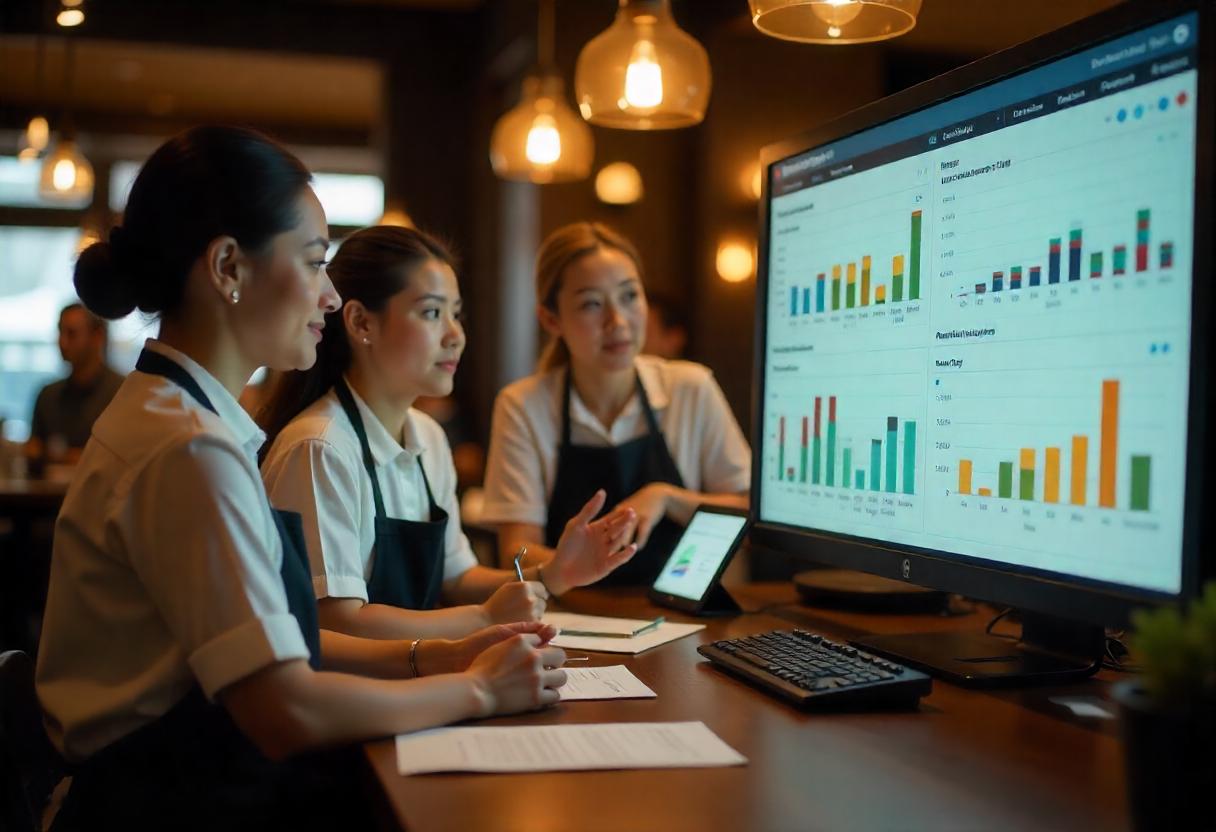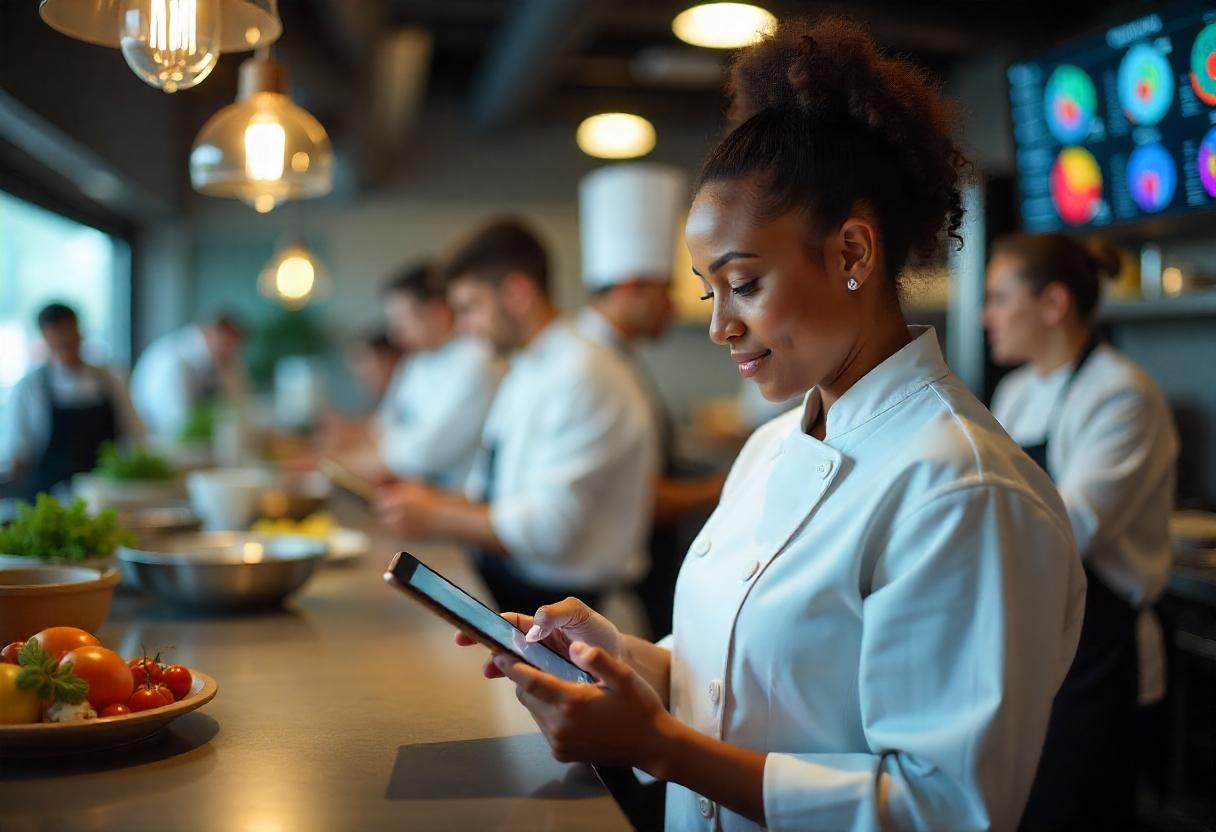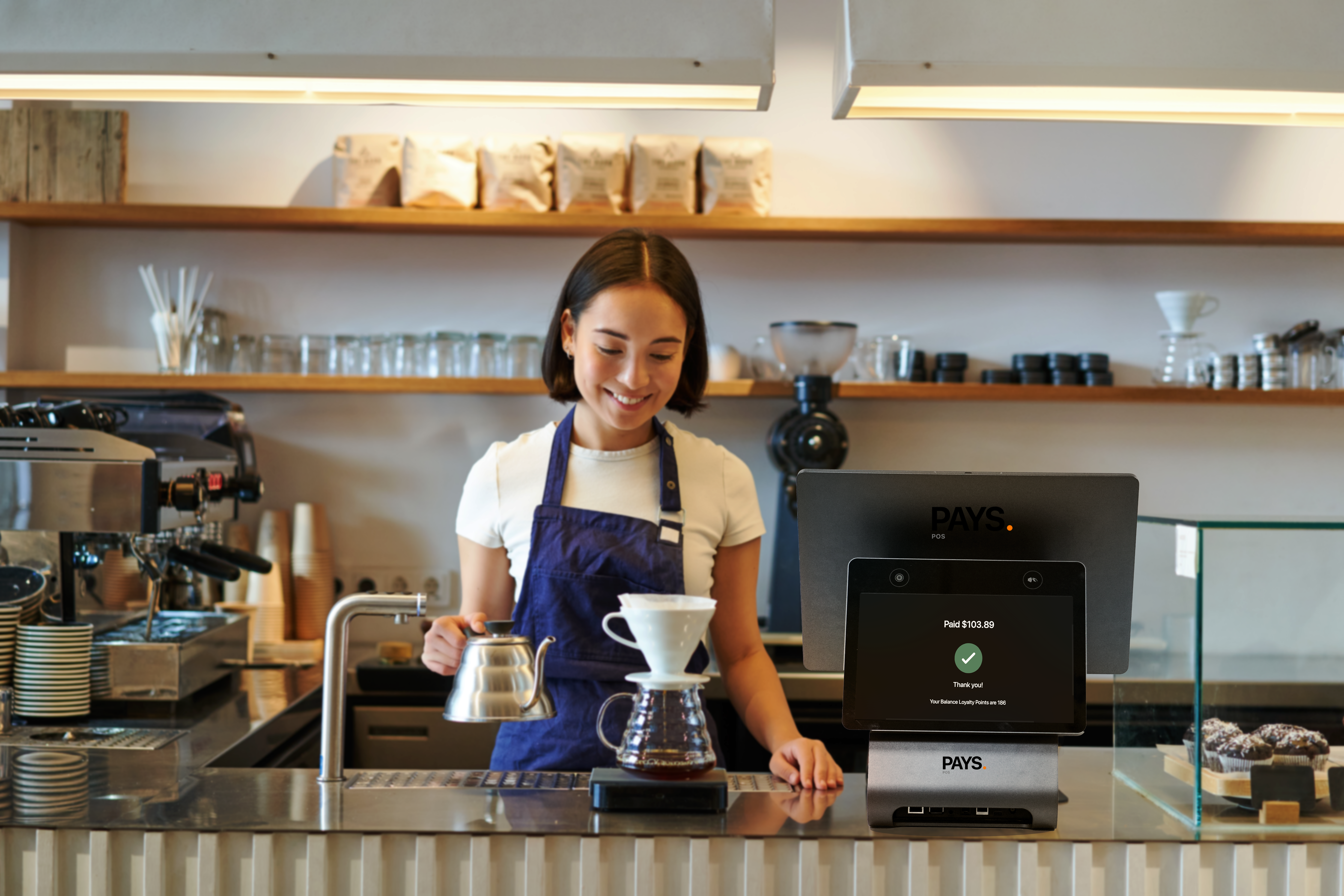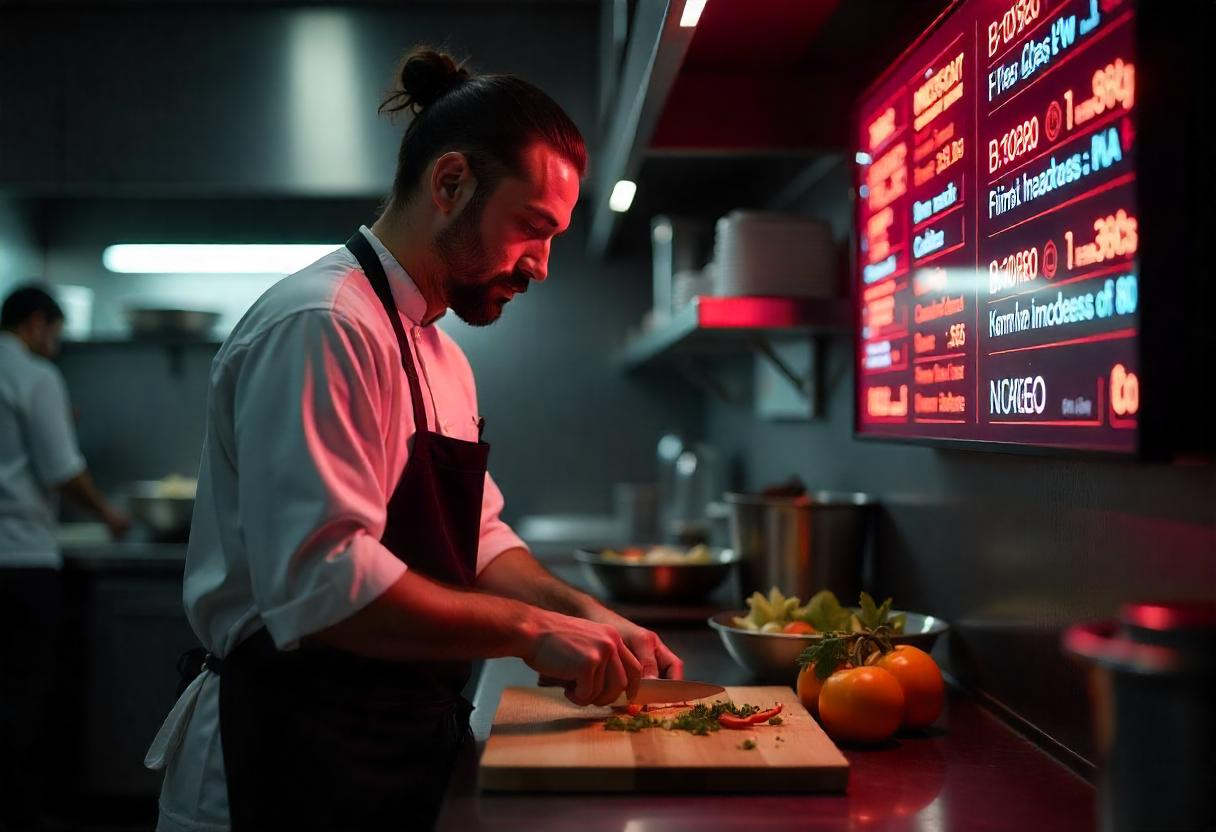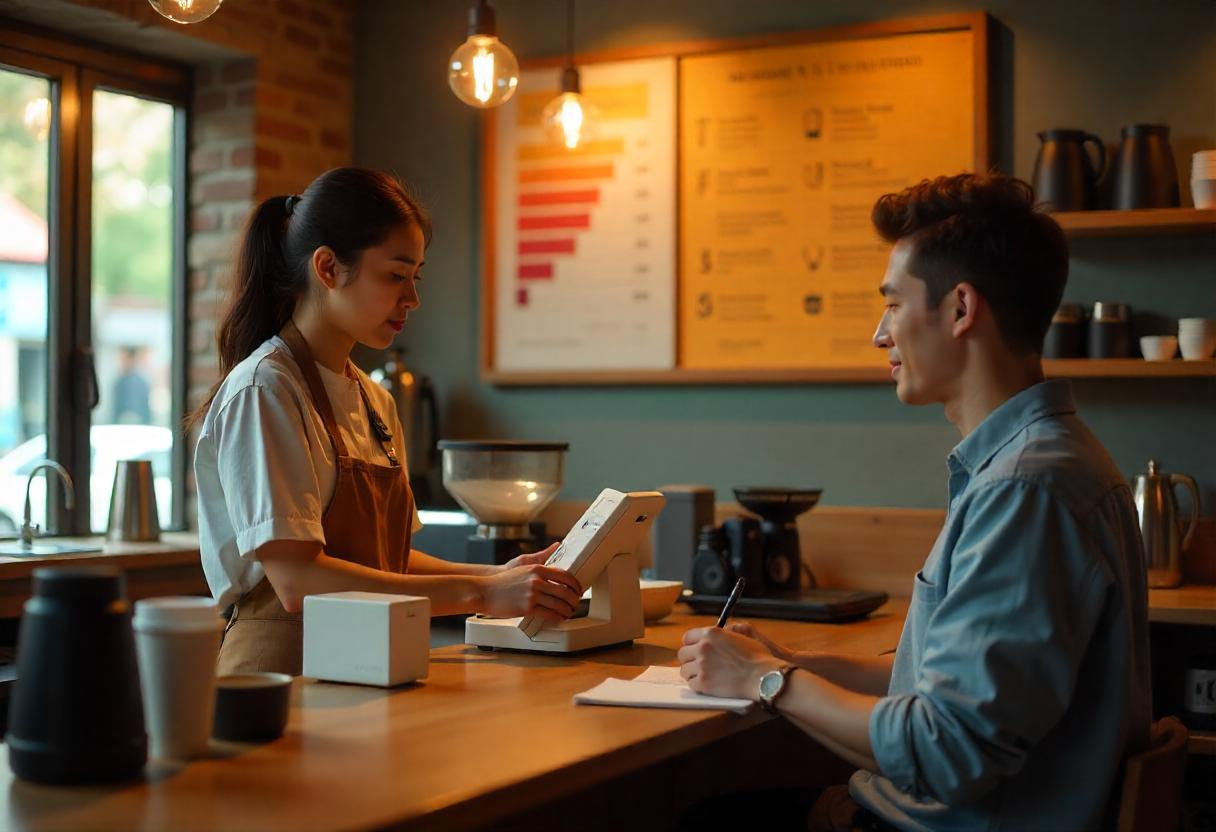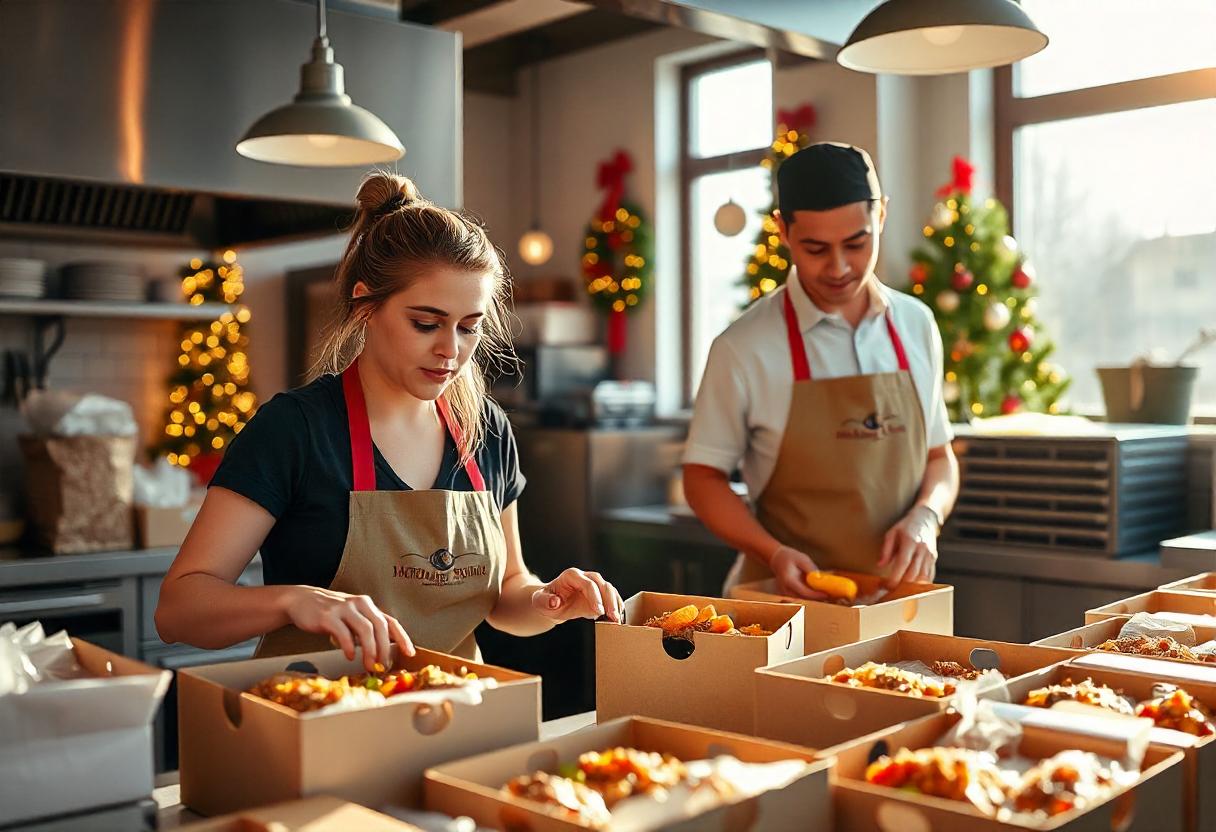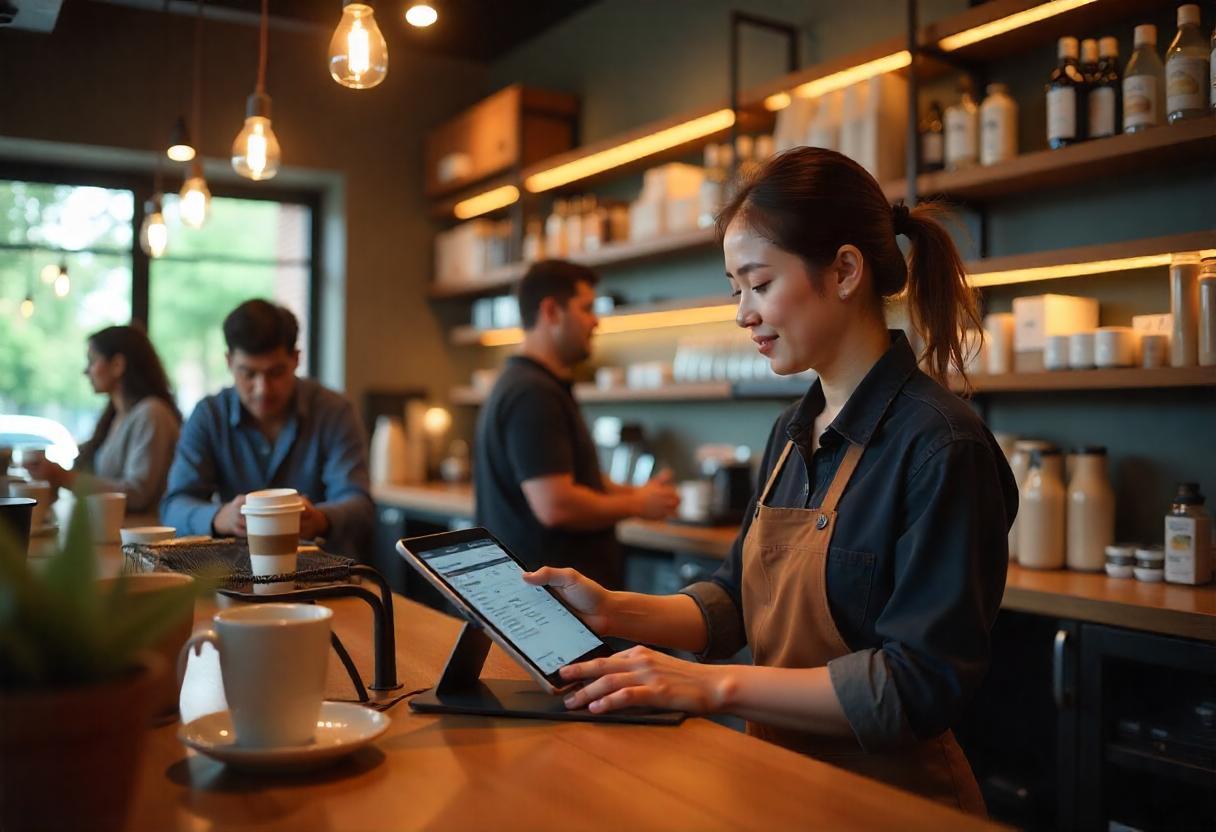Running a restaurant in today’s competitive marketplace takes a lot more than the distinction of having delicious food and fabulous customer service. Today, technology has got to be the cornerstone of a well-running restaurant, aiming to increase efficiency and gain profit margins. One tool that has streamlined processes from taking orders to tracking inventory is the restauratin guishdisnt Point of Sale system.
The right POS can make the difference between seamless and chaotic management for restaurant owners. Here’s an overview of some top features of an effective restaurant POS system and how they can help you optimize your business for growth.
What Is a Restaurant POS System
A restaurant Point of Sale system is a technical platform that allows restaurants to take orders, handle payment, monitor sales, manage inventory, and perform various other back-of-house functions. Modern restaurant POS systems integrate numerous functions into one platform, ensuring that all aspects of restaurant management from the kitchen to the front of the house-run seamlessly.
Modern restaurant POS systems are designed not only for transactions but also for reporting and analysis, managing staff, customer loyalty programs, and other functionalities.

Order Management and Efficiency
The core element of any restaurant POS system is its ability to manage and track orders. Order management efficiency means customers don’t have to wait too long for their food, and the demand is being met by the kitchen.
Table-side order taking: Handheld POS devices can be utilized by waitstaff to take orders right at the table so that they can immediately transmit that to the kitchen.
Order customizing: A customer may want to alter their dishes; an all-embracing POS system will handle such requests without any problems.
Multiple types of orders: It can be dine-in, take-out or delivery-the restaurant running on the POS needs to manage the different types of orders.
A proper restaurant order management process minimizes mistakes and expedites the service, which translates to a happier customer and another visit, most of the time.
Inventory Monitoring and Control
The inventory is one of the most critical restaurant management operations. A restaurant POS system can help by allowing real-time inventory monitoring.
Benefits:
Automated Stock Alerts: The application will alert you about running low stock levels of ingredients or supplies and avoid stockouts.
Minimize waste: With proper records for the inventory, you will be able to avoid food wastage based on proper serving and real stock projections.
Ordering and re-ordering of stocks: Since it is an integrated system, direct ordering of stock with suppliers directly from the POS level
For instance, you can avoid high costs and ensure that the necessary supplies are available by managing your inventory to meet all the needs that your customers will have
.
Payment processing- flexibility
Gone are the days of cash payments alone. Today, a restaurant needs to accept various types of payment- be it credit cards mobile payment systems, and more. An efficient restaurant POS should offer flexible payment options catering to the needs of customers
.
Must-have Features.
Multiple Payment Options: Customers can pay with credit cards, debit cards, digital wallets, and even with their smartphones via contactless payments.
Splitting bills and adding tips: The ability to split bills with guests or add a gratuity can make for a wonderful dining experience.
Rapid processing: Customers must be treated to quick and convenient transactions.
Ensure the POS system handles payments efficiently to avoid delays at the till.
Flexible payment options boost customer satisfaction and ensure a smooth financial process for your business.

Employee Management Features in Restaurant POS Systems
The restaurant owners understand how essential proper management of the staff is. In today’s era, a modern restaurant POS should possess the following features including employee schedule handling, hours worked can be tracked, along wage computing.
Important Features:
Clock-in and clock-out: The employees can clock in and out through the POS system to automatically track their hours worked.
Role-based access: Depending on the role, assign them different levels of access and protect the access to sensitive data.
Shift scheduling: You can add, allocate, and modify employees’ work shifts easily from the point of sale.
Manage your employees effectively to minimize human error, payroll processing on time, and have easier HR-related tasks.
Powerful Data and Reporting Analytics in Restaurant POS Systems
One of the most basic functions and the most importantly sought-after feature in a POS system is its ability to generate detailed reports. Any restaurant owner would be interested in having data-driven decision-making, and with detailed reports on sales, inventory, and customer behavior, you would optimize operations.
Important Reports Include
For instance, you may track sales reports on how a particular menu item is selling and during what time of the day so you may make the necessary changes accordingly.
Customer insights: What customers prefer to order, how often they come in, and how much they spend, allowing you to make promotions or loyalty programs targeted at those trends
Profit and loss analysis: Inbuilt accounting features of a point of sale system will be able to track such insights on how much you are losing or gaining.
This information is needed to track restaurant performance and settle decisions that will improve on efficiency and profitability.
Discover the perfect POS system for your small restaurant today – streamline your operations and enhance customer experience with ease
Customer Relationship Management (CRM) and Loyalty Programs
The development of a restaurant POS system with the integration of CRM tools enables you to maintain a faithful customer following. CRM allows you to track your customers and reward repeat customers.
Benefits of CRM
Keep profiles of visitors containing their favorite dishes, preferences, and history of visits
.
Loyalty programs: Introduce the loyalty programs so that you can reward your guests for their loyalty by providing discounts and special offers issued according to their spending
.
Targeted promotions: Customer data should be used to deliver personalized marketing material and promotions to regular guests.
Enhance loyalty: Using a basic understanding of customer behavior and offering loyalty rewards, you enhance customer retention and bring a community around your brand.
Online Ordering and Delivery Integration
In the modern restaurant landscape, online orders and delivery have emerged as principal revenue streams. A robust Point of Sale for restaurants should integrate with popular delivery platforms or offer an in-house online ordering solution.
Key Features
Integration with delivery apps: The POS can be linked with well-known delivery applications to handle orders placed online directly from the system.
Online ordering: Facilitates customers to place a direct order from your website. Orders are sent to your POS system for actual preparation in the kitchen.
Live order updates: Inform your customers about the status of their order, allowing for an improved dining experience.
Integrated online ordering can really open up your restaurant to so much more public and new consumers.

Security and Compliance
Customer information should be kept safe. Cybercrimes are increasing and restaurants require a POS that is equipped with strong security features and industry standards compliance.
Major Security Features:
PCI compliance. Ensure that your POS system is designed to meet all the requirements of the Payment Card Industry for securing payment services.
Data encryption. Protect sensitive customer information by encrypting transactions.
Simple updates: Ensure that a POS provider comes up with simple updates so you can keep in the loop regarding new threats and keep your system secure.
Security should, above all things, be uncompromised, especially concerning customer data.
Cost and Scalable
Restaurant POS should grow with your business. A good POS system should scale up with your growing business as you expand your restaurant. The system should add new features as the need arises without financially breaking the bank.
Key Points
Modular. Modular solutions of your POS system are to be added to the business as you grow, without the need for overhauling an entire system.
Affordable payment options. There are various providers with flexible pricing options for a POS. Some must be paid as you go, and some are on subscription-based models.
Scalability. If you are going to add more locations or expand services, the POS system should be in a position to support the growth of business.
Scalability enables your restaurant to always maintain efficiency as it expands.
How Pays POS Can Help Your Restaurant
At Pays POS, we have come to realize a restaurant’s specific pain points: the way restaurant owners carry out their day-to-day activities. Our bespoke POS solutions can help you structure your business, help you with better customer services, and make better profits.
Seamless payment processing, sophisticated stock-level tracking, powerful CRM, and much more all in one – that is Pays POS. And all of this by using user-friendly interfaces, flexible payment options, as well as 24/7 customer support, will place Pays POS alongside your restaurant.
conclusion
The right POS system for your restaurant would make a big difference. It will manage everything from order management to inventory tracking, employee scheduling, and customer loyalty, apart from many more things. After this all-equipped POS system, your restaurant will just fly; there will not be any mess while running the business of your restaurant. To grow your restaurant and make it memorable for your customers, invest in an advanced cafe POS system free of operational headaches.

